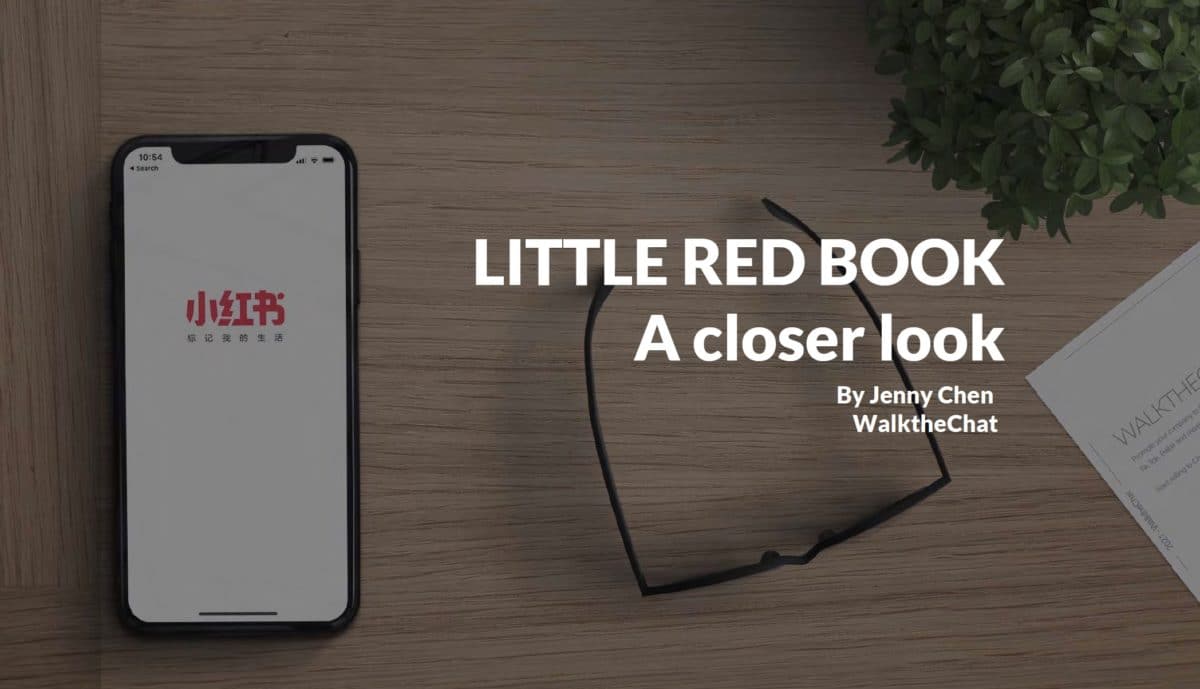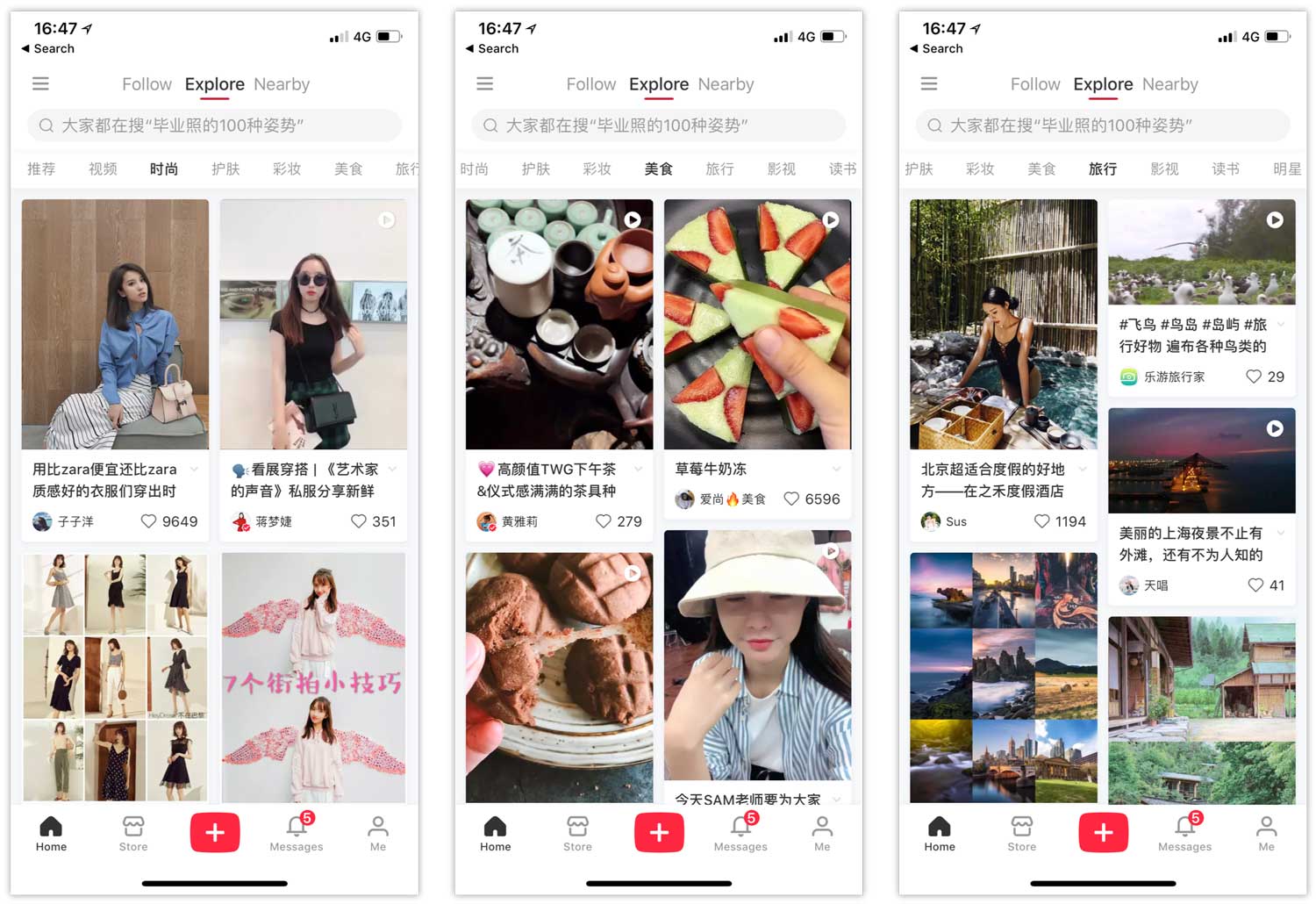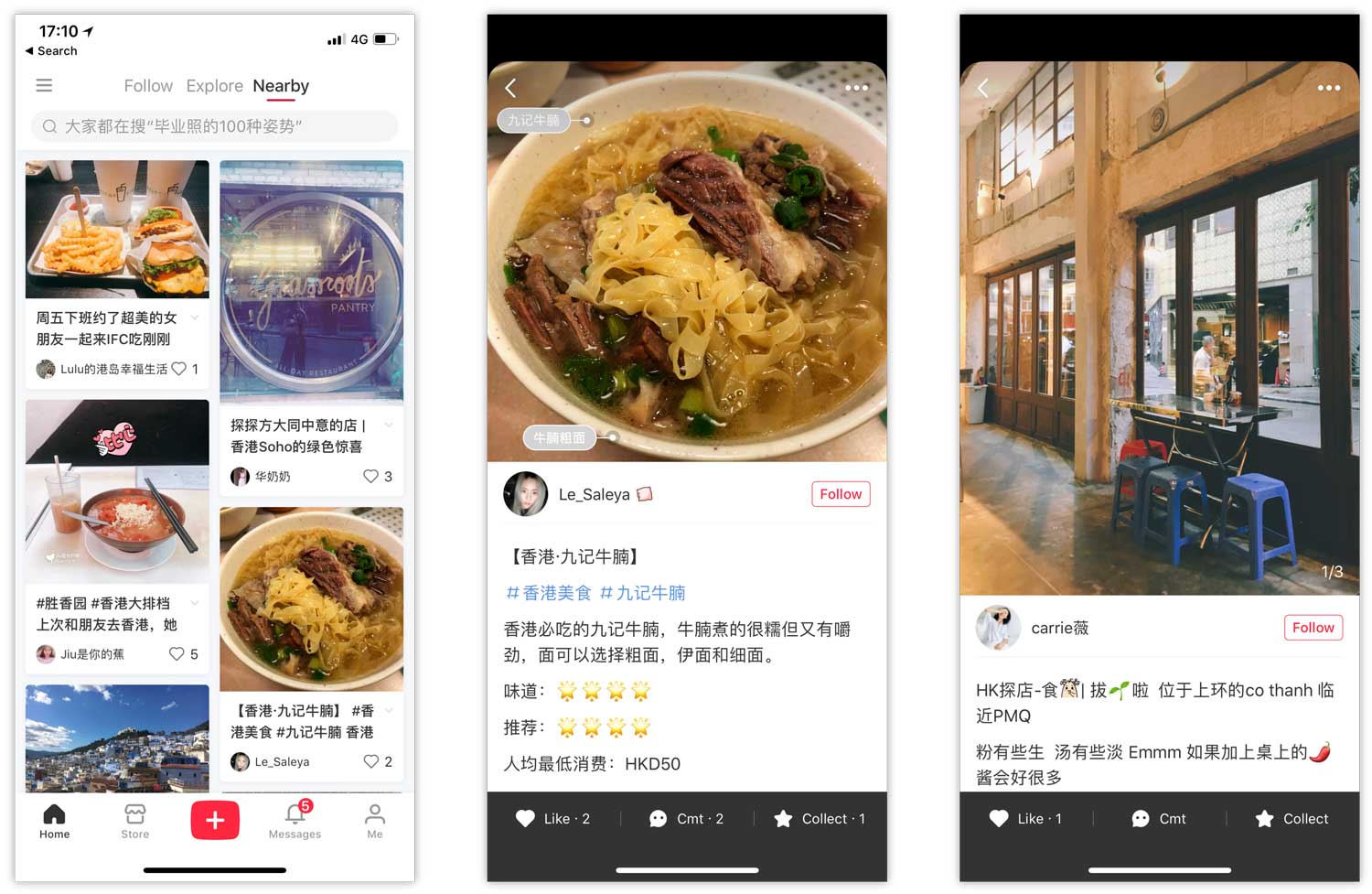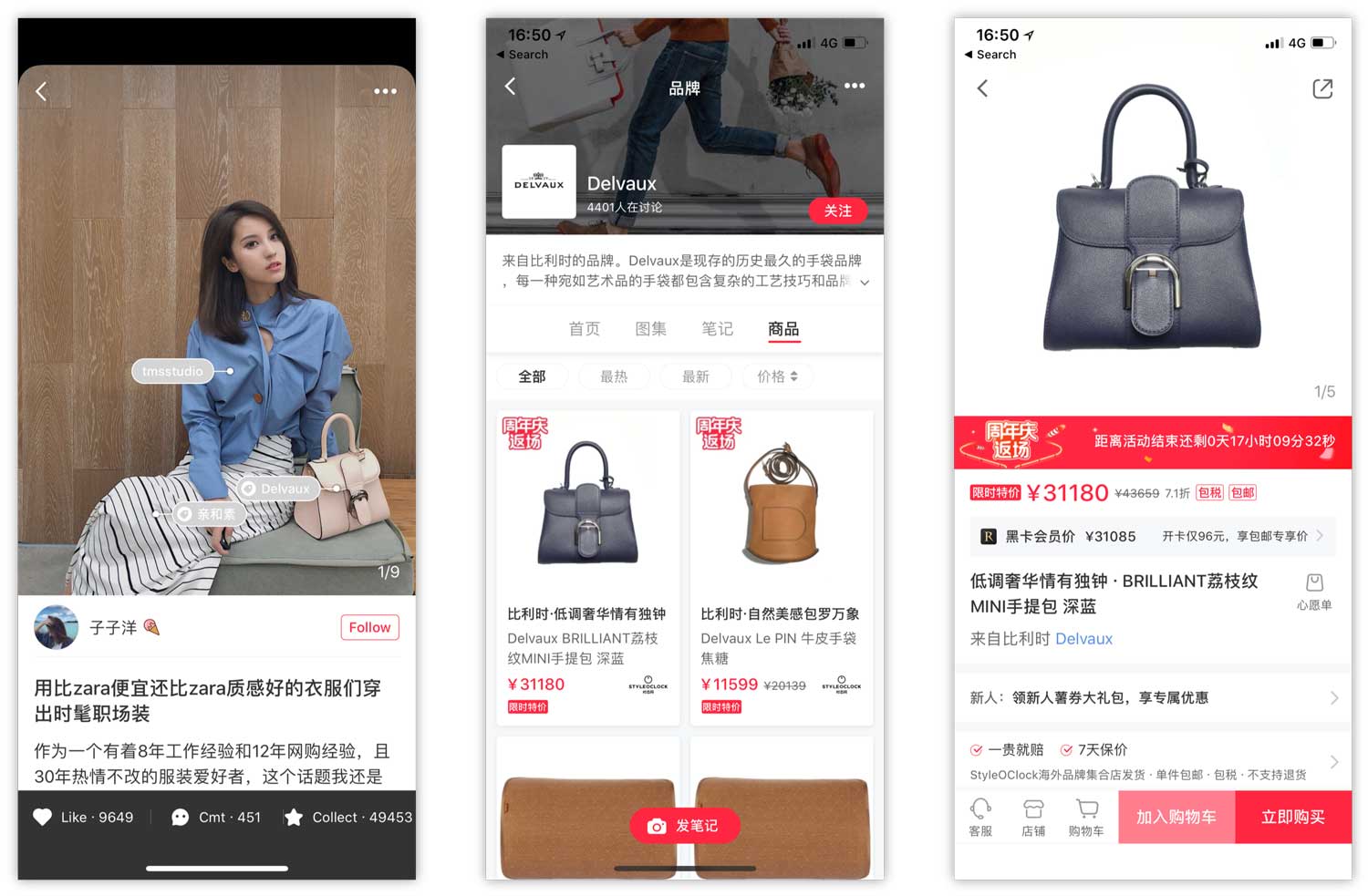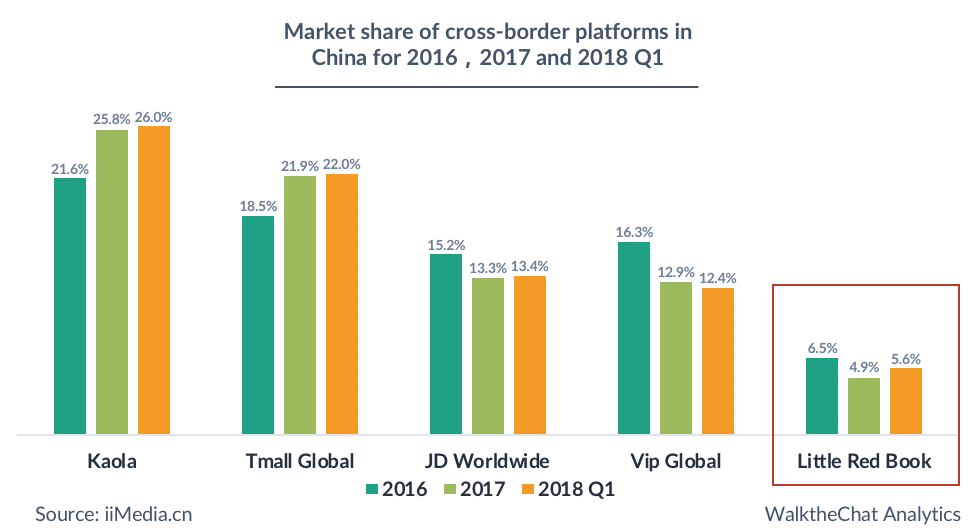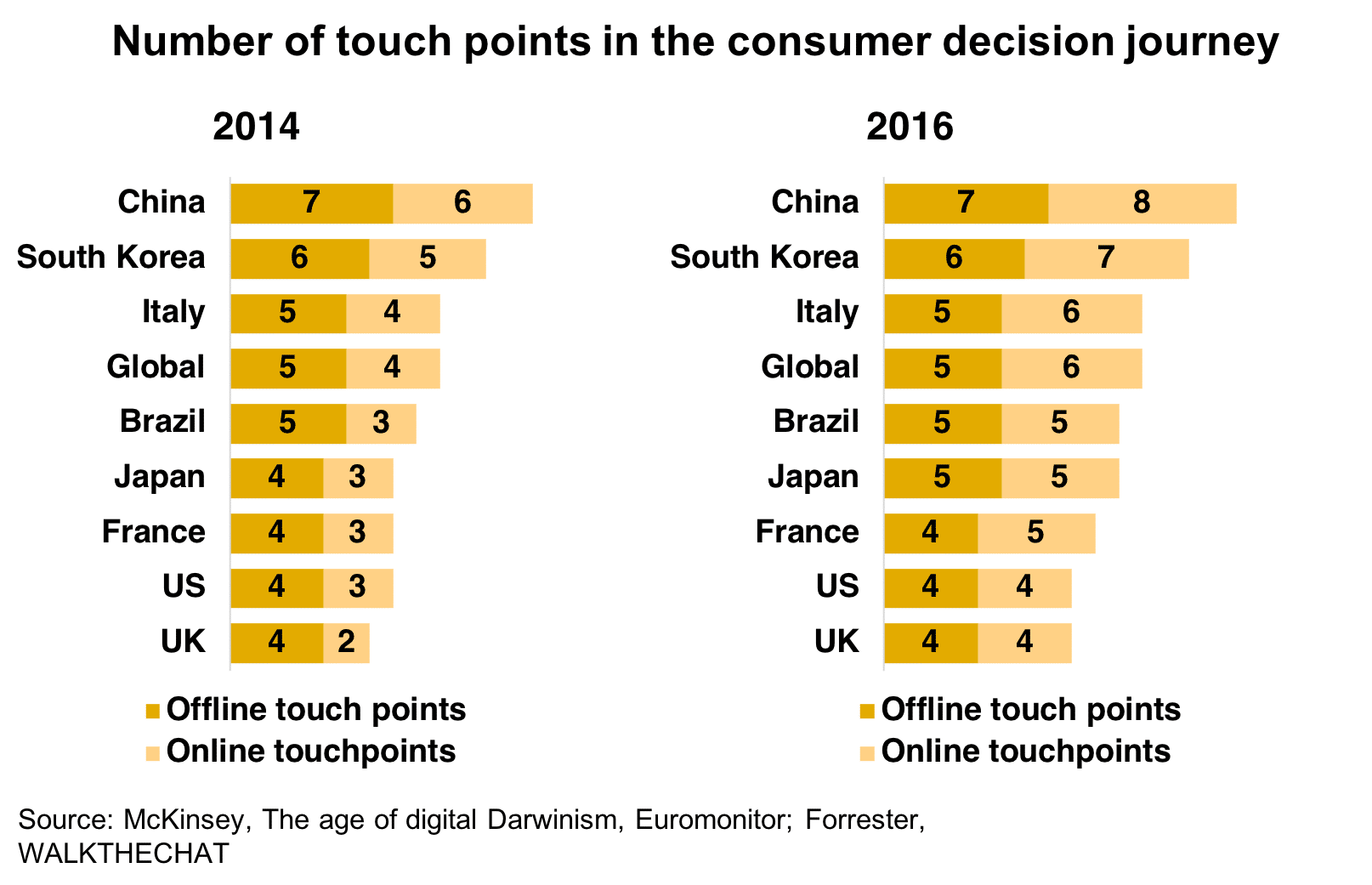As 2024 unfolds, REDNote (also called Red or Xiaohongshu) becomes a crucial force in luxury and premium brand marketing. With an anticipated IPO by 2024, REDNote is now a prime China marketing channel.
It captivates a wealthy, young urbanite audience, making it a key destination for luxury and premium brands.
REDNote (Xiaohongshu) Overview
REDNote mainly targets a specific user group: young, female shoppers living in top-tier cities.
In 2024, Xiaohongshu’s Monthly Active Users(MAU) continuously increased, surpassing 300 million, with approximately 50% of Generation Z users and 50% from 1st and 2nd cities. The platform boasts over 80 million community sharers, with User-Generated Content (UGC) making up 90% of its content.
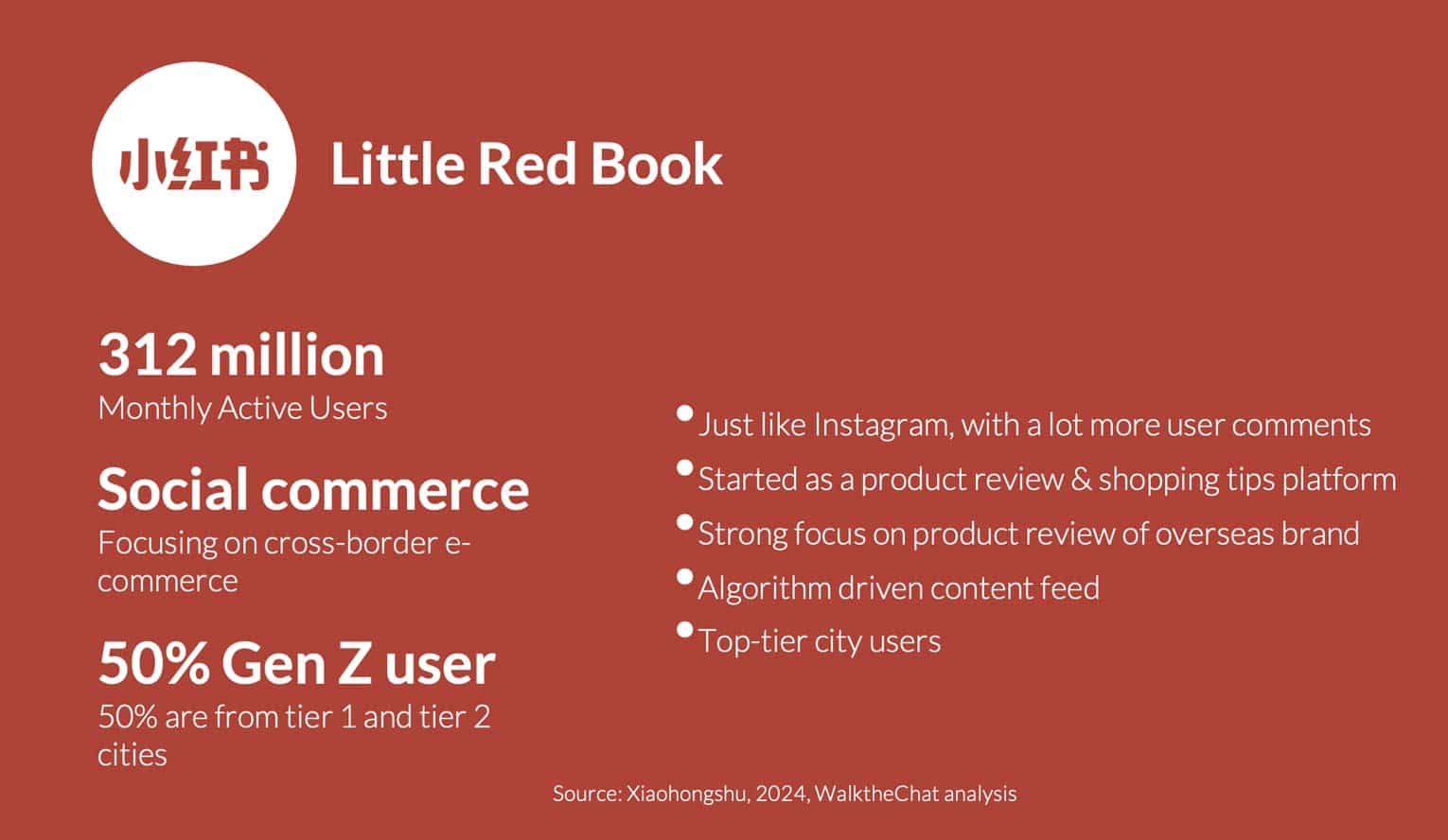
REDNote content has a strong focus on premium position brands, and content containing popular overseas brands usually can get stronger engagements.
REDNote’s design is very similar to Instagram: 3 to 6 pictures, with text descriptions usually between 20 to 200 characters. The content style on REDNote is usually persona, often with lots of emojis. The distribution of content is algorithm-driven. Users can engage with content via like, bookmark, share, private message, and comment.
REDNote’s brand marketing impact
REDNote plays an important role in the consumer purchasing process.
- Awareness: REDNote is a great channel to discover new brands.
- Interest & Desire: REDNote will continue to push relevant content based on users’ browsing habits. It’s a good channel to create multiple consumer touchpoints. Before users make a purchase, some users will open REDNote to read product reviews.
- Action: When making a purchase, usually users will go to e-commerce platforms such as Taobao, Tmall, JD.com, and Pinduoduo. Although REDNotek has a native store system, the majority of brands choose to open stores on marketplaces where they could get more traffic.
- Loyalty: After converting a user into a customer, WeChat Official Account and WeChat groups are the best channels to create a closer relationship with customers. And when you have a loyal customer who would like to share product reviews and advocate for your brand, they could post comments on REDNote.
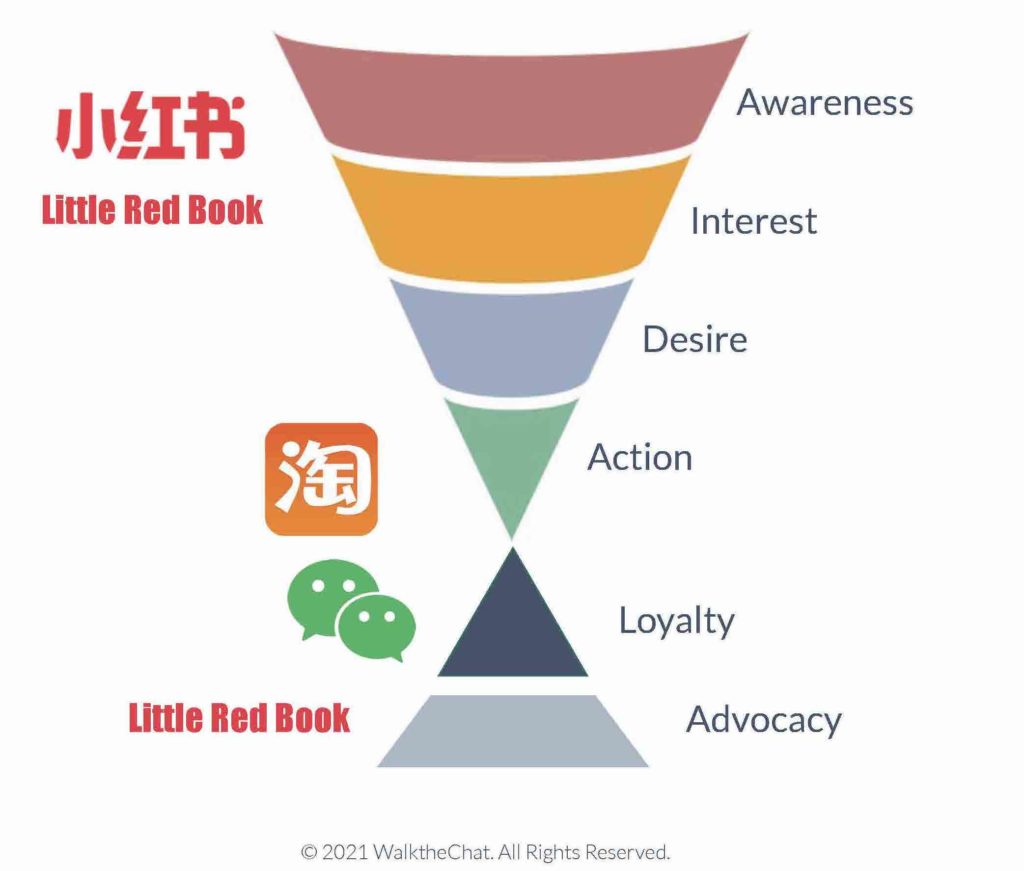
REDNote marketing limitations
Compared to WeChat and Douyin, REDNote is a much smaller social media channel. The user demographic is also very skewed toward female and top-tier city users.
The top industries that are promoted in REDNote are skincare, baby care, and health and wellness. However, REDNote is not the perfect choice for industries like games and 3C (Computer, Communication, and Consumer Electronics).
Below is the amount of promotional posted on the platform in a month, it’s a good indicator to judge if REDNote is the right marketing channel for your brand.
REDNote Store
REDNote has a native e-commerce system. It has a few benefits:
- It enables users to make a purchase without leaving the App
- It supports cross-border payment and shipping, brand can operate a store with an overseas business license (with a Chinese entity as the guaranteed party, email info@walkthechat.com to learn more)
- Low cost: 5% platform commission & no technical fee
- Good user experience especially for REDNote live-streaming purchases
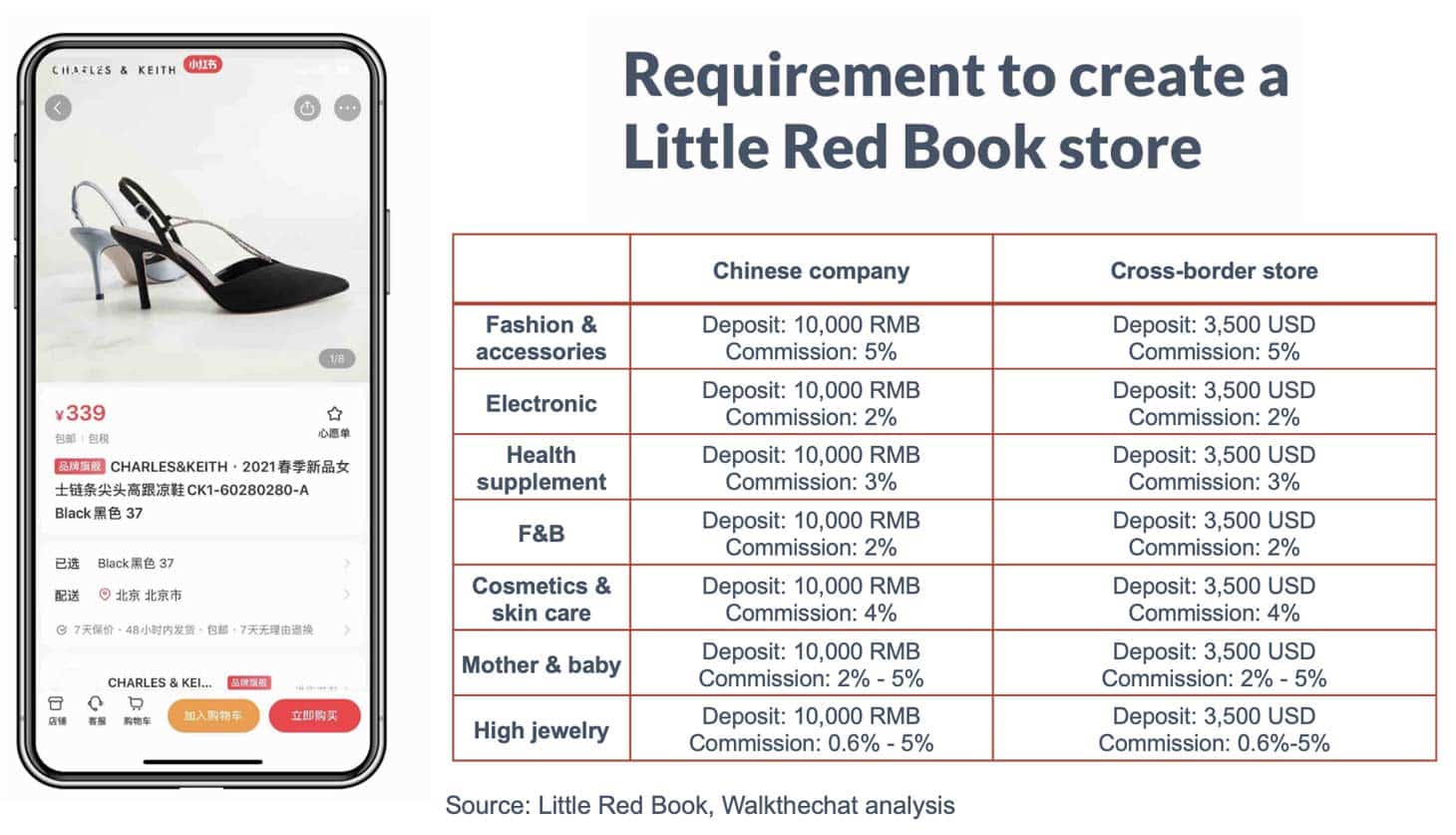
The commission on REDNote is much lower compared to major marketplaces. Comparatively, Tmall charges a 9,000 USD annual technical fee and a 6 % commission (1% for Alipay and around 5% industry-specific commission). Tmall still rules as it’s the largest e-commerce marketplace in China.
Should you open a REDNote store?
REDNote store is not for everyone.
Lots of large brands including Adidas, SK-II, and LANCOME, actually don’t have a brand store. Instead, these brands choose to sell on REDNote via distributors. You won’t need to have brand Red Store if:
- The brand already has a strong distribution network
- If the brand has less than 5k REDNote mentions
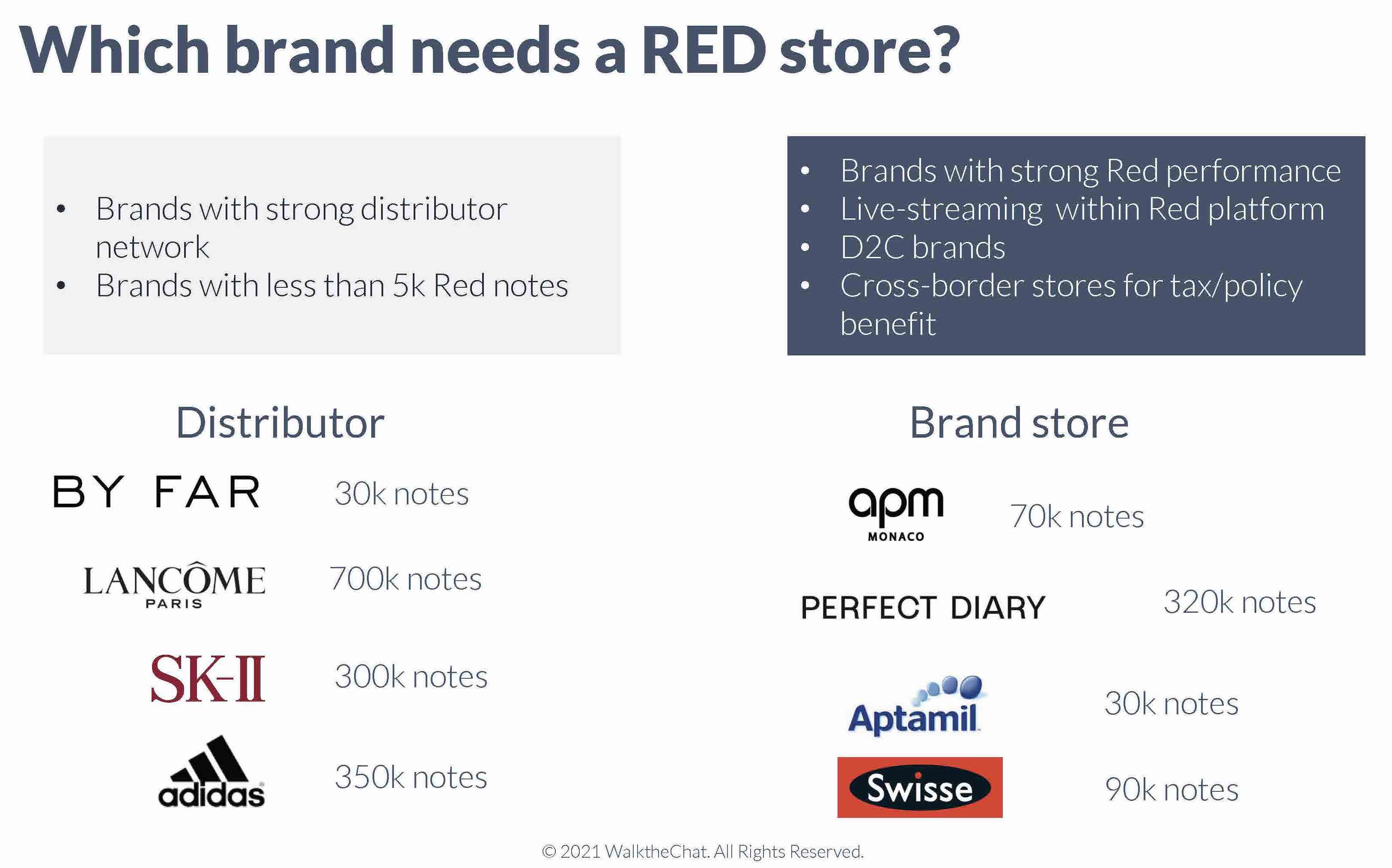
For other brands, the REDNote store is a cost-effective way to break into the Chinese market and expand the sales channel. You can consider opening a brand store on REDNote if:
- You have a strong REDNote performance
- Your brand does lots of REDNote live-streaming campaigns
- You sell mostly direct-to-consumer (D2C)
- You’d like to test the Chinese market with small investment and with a cross-border store
For example, Perfect Diary and apm MONACO are some of the best performing brands on REDNote. Both brands have a strong D2C channel.
On the other hand, a foreign brand can create a cross-border REDNote store to test the Chinese market. It doesn’t require a brand to have a Chinese business license, products could be shipped directly from overseas, and payment will be smoothly settled in foreign currencies.
Cosmetics, fashion and skincare brands are the best industries to launch stores in REDNote. These are often the high margin products that could easily afford a 20%-30% live-streaming commission.
REDNote Live-streaming
According to our source who worked at REDNote, 90% of REDNote sales come directly from live streaming.
Live-streaming is a very effective way to target sales conversion.
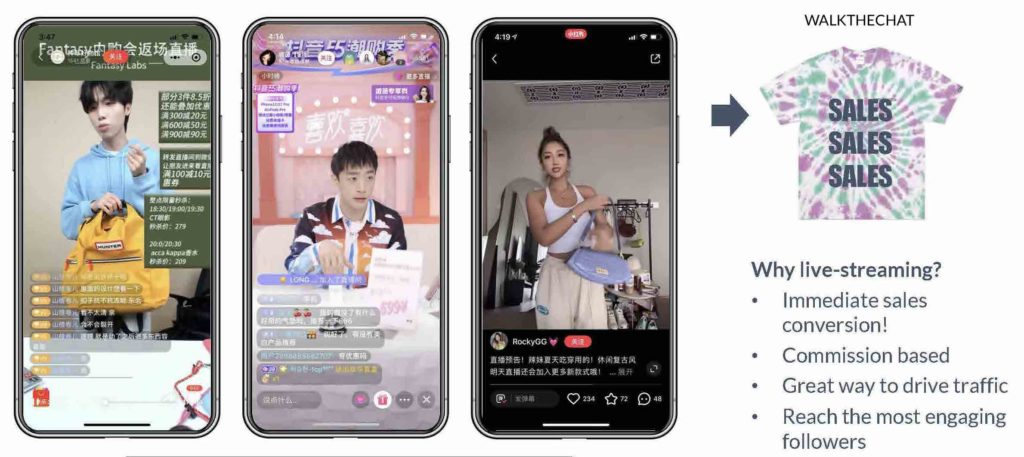
Xiaohongshu, commonly known as REDNote, is rapidly expanding its live-streaming e-commerce capabilities in preparation for its upcoming IPO. As of April 2024, compared to the same time last year:
- There has been a 5x increase in brands starting official account live-streaming.
- Customer orders during live sessions have surged by 12x.
- The number of brand stores achieving sales over 1 million RMB has risen by 7.4x.
For the 6.18 shopping festival, Xiaohongshu is offering discounts exceeding 0.1 billion RMB and increased traffic for Red store brands, reinforcing its dedication to growing its e-commerce sector.
The Role of Celebrity Live-Streaming
Celebrity influencers play a pivotal role in Xiaohongshu’s live-streaming success. Even with limited appearances, they generate significant sales.
Dong Jie and Zhang Xiaohui, for example, have achieved average gross merchandise value (GMV) per live-stream of 43 million RMB and 78 million RMB, respectively. These influencers primarily promote high-value products such as fashion and skincare, which align with the preferences of Xiaohongshu’s audience.
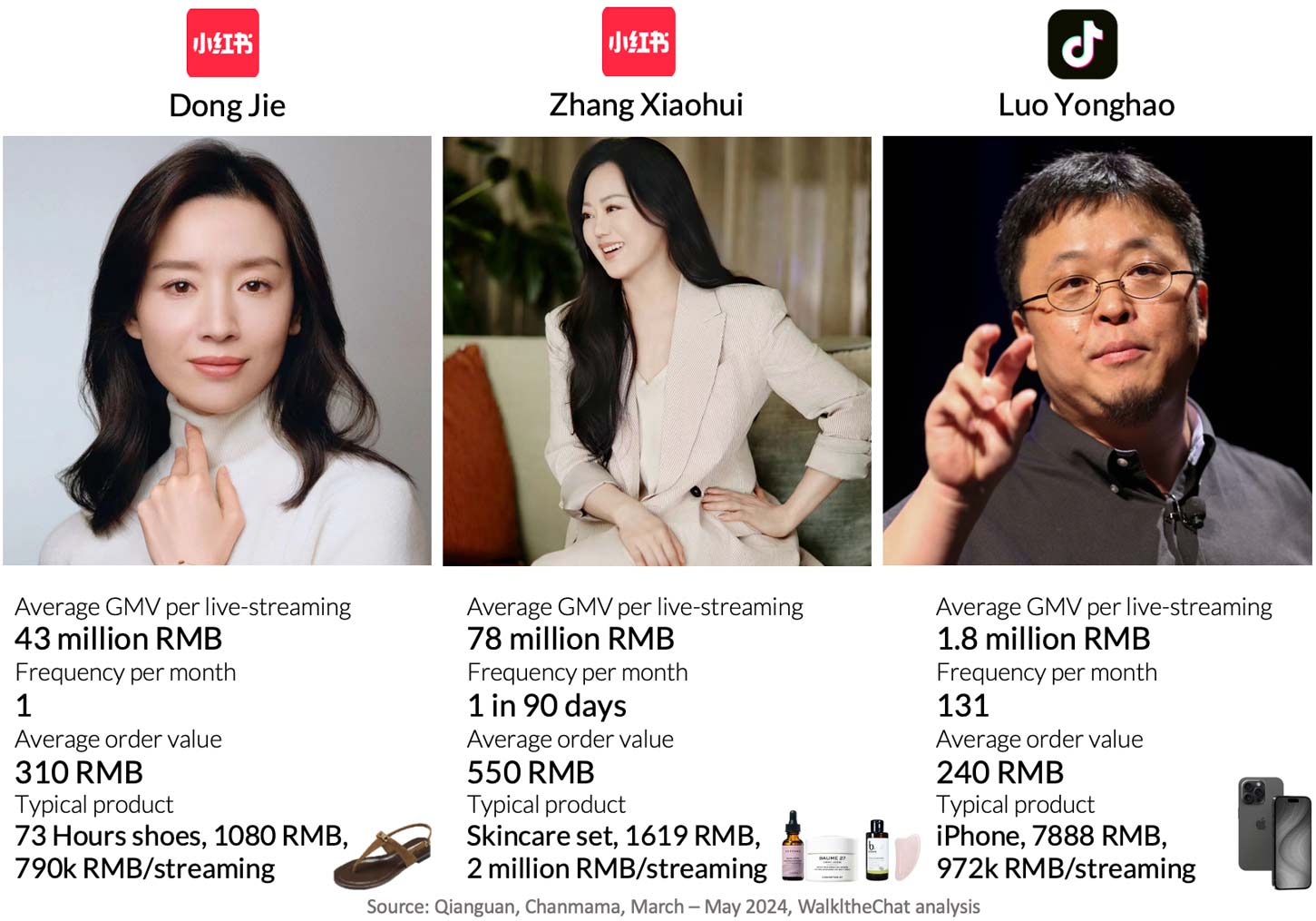
Despite their sporadic live-streaming schedules, these celebrity influencers drive high engagement and sales due to their star power. Zhang Xiaohui, for instance, has only streamed once in the past 3 months, compared to Douyin’s top celebrity Luo Yonghao, who hosted 131 shows in a month. Although fewer in number, these celebrity live-streams on Xiaohongshu produce impressive outcomes, contrasting with Douyin’s more frequent high-performing streams.
The average order value on Xiaohongshu is nearly double that on Douyin, emphasizing its premium product focus and attracting brands looking to market high-end items. The best-selling products on Red live-streaming are usually premium fashion and skincare products. While Douyin live-streaming is best for cheap skincare, cosmetics, F&B and electronics.
Brand Official Live-Streaming: Case Study of Fabrique
Brands are increasingly leveraging Xiaohongshu’s live-streaming platform. Fabrique, a retailer of affordable designer clothing, began its official live-streaming in March 2024.
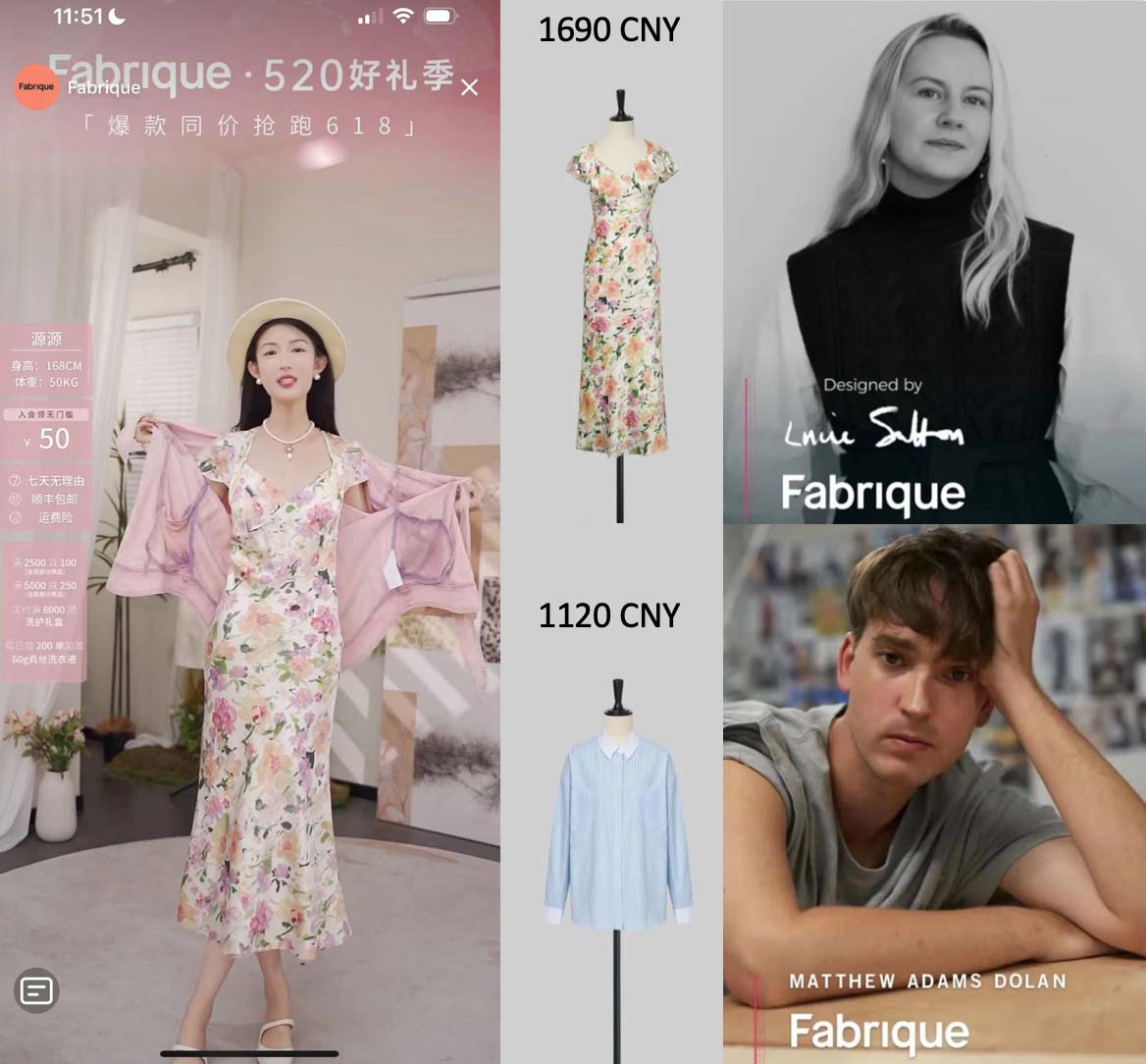
In April, Fabrique’s live-streaming sales on Xiaohongshu reached 16% of their Tmall sales, with an average order value of 1100 CNY.
While Xiaohongshu’s official live-streaming sales are currently only 9% of Douyin’s overall store sales, there is significant growth potential. In off-season months like April, sales from social media platforms such as Douyin and Xiaohongshu can account for up to 65% of total sales, illustrating the power of social commerce, particularly for premium fashion brands.
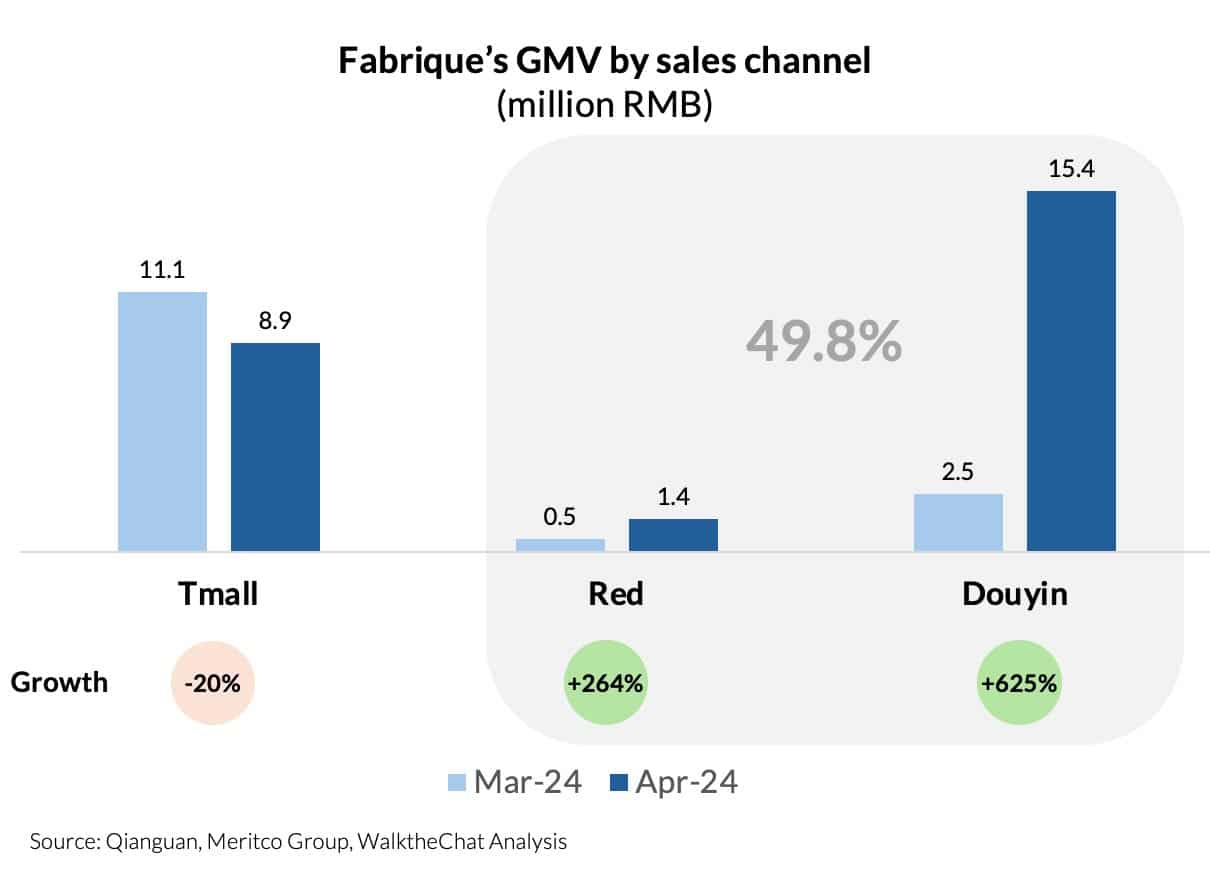
REDNote live-streaming could also effectively promote a brand.
We launched Rouje in the REDNote, the content was pushed to the top of the Red page, and the brand is able to grow to 41k followers in just 2 months. Comparatively, a large brand like Pandora which operates in Red for years only has 50k followers.
Live-streaming with one of the top fashion influencers Lu plays an important role in pushing Rouje viral. Lu did a live-streaming for Rouje after the brand launched. It’s also a continuous mention of the brand. Lu posted 2 live-streaming previews, and 5 follow-up videos after 2 weeks for continuous exposure.
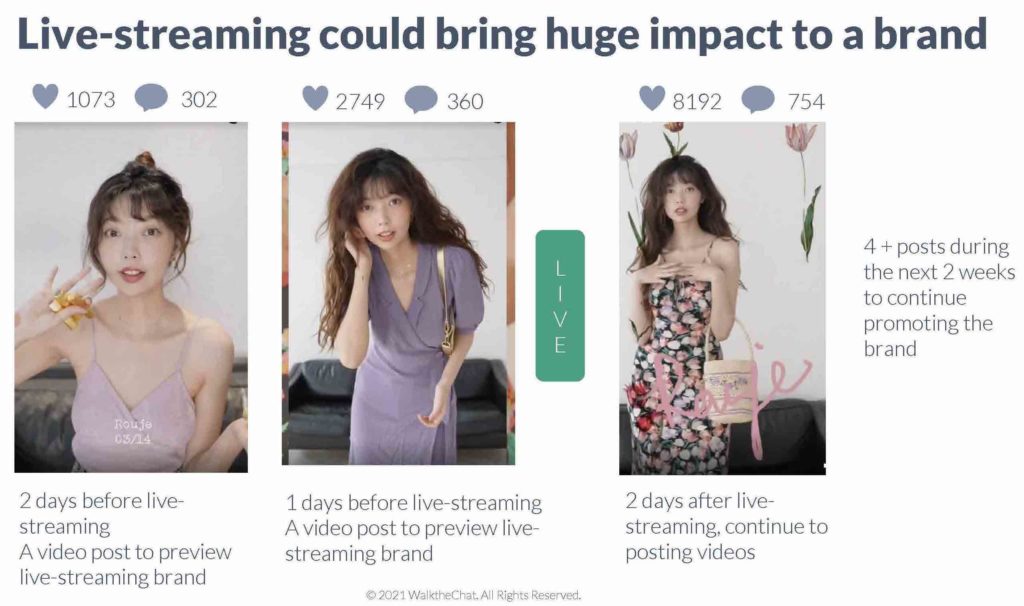
Sales conversion on REDNote store
The major drawback of the REDNote store is it has little organic traffic.
Most users still use REDNote as a social media and product review platform. Most users will switch to a marketplace to make an order. According to Quest Mobile, after uses close REDNote, 77.1% of the e-commerce purchase goes to Taobao. Thus brands with Tmall flagship store don’t have strong need to open a REDNote store.
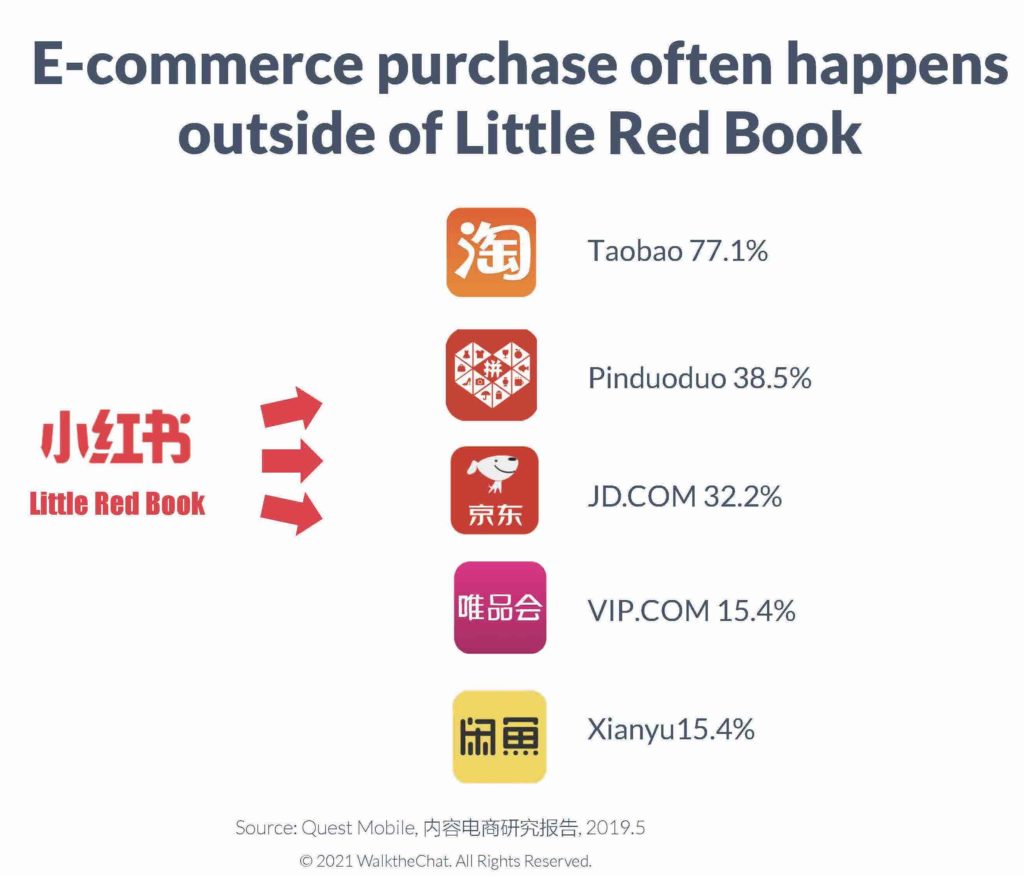
REDNote influencer strategy
A typical REDNote influencer spending schedule looks like this:
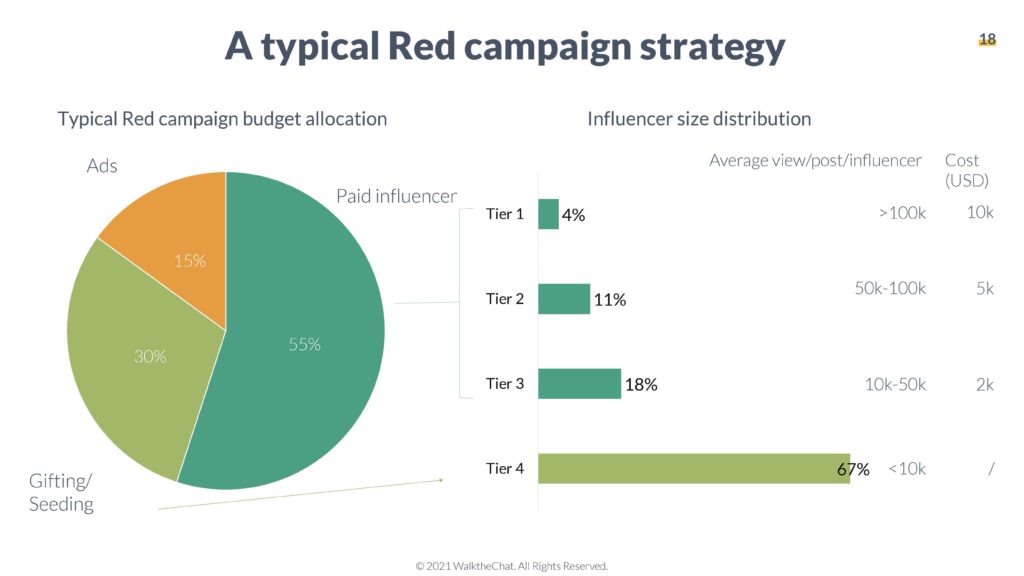
Display ads: used to promote the most popular influencer post, expand the reach. 10-15% budget allocation.
Gifting/seeding: lots of micro-influencers accept product seeding, it’s a very effective way to work with a large number of influencers with a small budget. 20-30% budget allocation targeting tier 4 influencers with average post view below 10k. Agency and MCN companies provide gifting and seeding services, price ranges between 50 to 150 USD per micro-influencer depending on quality and size. Contact info@walkthechat.com to learn more on product seeding services.
Influencer campaign: larger influencer and more promotional content will require payment. A pyramid style is the most typical model, often working with top tier influencers (10k USD per influencer), then more influencers in tier 2 and tier 3. with 50%-60% budget allocation.
This allocation structure enables brands to work with the most amount of influencers during campaigns. It’s common to work with 50-200 influencers during a couple of weeks for a campaign. Some of the most popular content is created with micro-influencers, thus playing numbers games increase the chance of producing the best content.
Brands could targe a few product/brand-specific keywords during the promotional campaign, thus create a trendy keyword to further attracts traffic.
Recently, REDNote launched a new feature: “guaranteed” exposure for sponsored content to help brands and advertisers reach their expectations while working with influencers.
How to find REDNote influencer?
Pugongying
REDNote provides an official Key Opinion Leader (KOL) platform called Pugongying.
Pro:
- It’s actuatly displays the influncer’s cost
- You can use the platform to find influencers by industry, tags, follower demographic, and price
- It’s the official channel to place an order with KOL
Cons:
- Pugongying charges 10% service fee.
Little Red Book encourages all KOL collaboration to go through Pugongying, otherwise the post could risk being blocked or limit in traffic distribution. Although brands often take the risk by working with influencers directly to save the 10% platform fee. If the content looks native and personal, it could often fly under the radar. Around 90% of campaign in cosmetics industry goes through Pugongying, and only around 50% of campaign in fashion industry goes through Pugoingying since the content could look more native. - Some influencers and celebrities are not listed on Pugongying if they do not have an official agreement with Little Red Book.
- Limited level of search query compared to Qiangua
Qiangua
Qiangua is a 3rd party social monitoring platform for REDNote.
Pro:
- More search options. For example, it could filter influencers by more specific tags
- More influencers are listed on Qiangua
- Easy to tell amount of active followers, judging by the engagement rate of the content
- Able to give a reasonable estimate cost of an influencer. This could be used as the benchmark against the real price.
Con:
- It cannot display the actuarte price of an influencer.
- Some of the features requires a paid account, cost start from 250USD per month
Influencer seeding process
Seeding means gifting products to influencers in exchange for free posting. It’s an important REDNote marketing method. Here is why brands should do product seeding on REDNote:
- It is the most cost-effective way to work with influencers and celebrities
- It’s a good way to build a strong relationship with influencers, we suggest brands gift high-quality influencers during every new product launch
- Seeding is a good way to measure the impact of an influencer before official collaboration
- Seeding could increase consumer touchpoint, especially if an influencer is willing to share your brand multiple times
- Influencer seeding is a market survey to define your hero product. The most popular picked product by influencers could be the hero product of the season
- Does not limit to the size of the influencer
This is our seeding process:
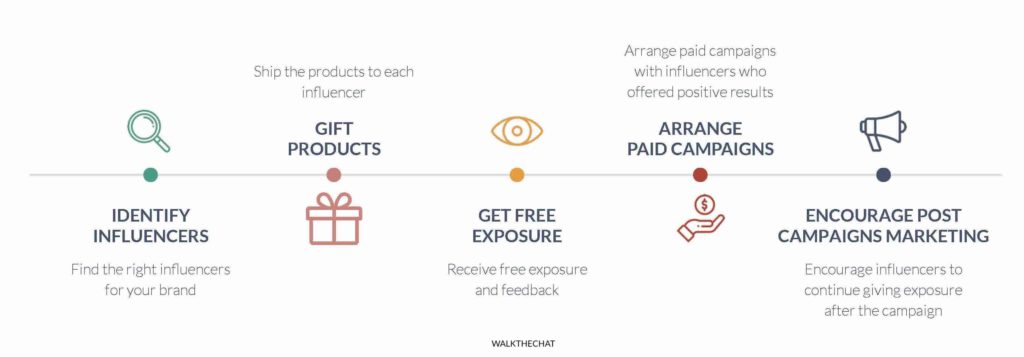
For many seeding products, the influencers and celebrities will not include a sales link in the post. Thus using the brand’s social media account to engage with the post as soon as the post is released is the key to bring tangible sales/marketing impact to the brand.
Another key is to reuse the pictures and videos created through seeding. Not directly because seeding photos usually don’t have commercial use copyright. Using other personal accounts to comment under a product or posting on social media is a great way to repurpose the content.
We usually mostly focusing on the quality of the photoshoot during seeding, instead of designing the user conversion path like what we will do in a paid influencer campaign.
Depending on the goal of the brand, we will have different seeding strategies.
Market entry seeding survey
During the first month of brand/product launch, we often seed high-quality and median-size KOL. The goal is to ask the KOL to choose their favorite products, thus giving feedback to the brand which is the most potent product in their Lookbook.
Monthly seeding to product content and create branding
Vitaly is creating great localized content with musicians and rock bands via product seeding on REDNote.
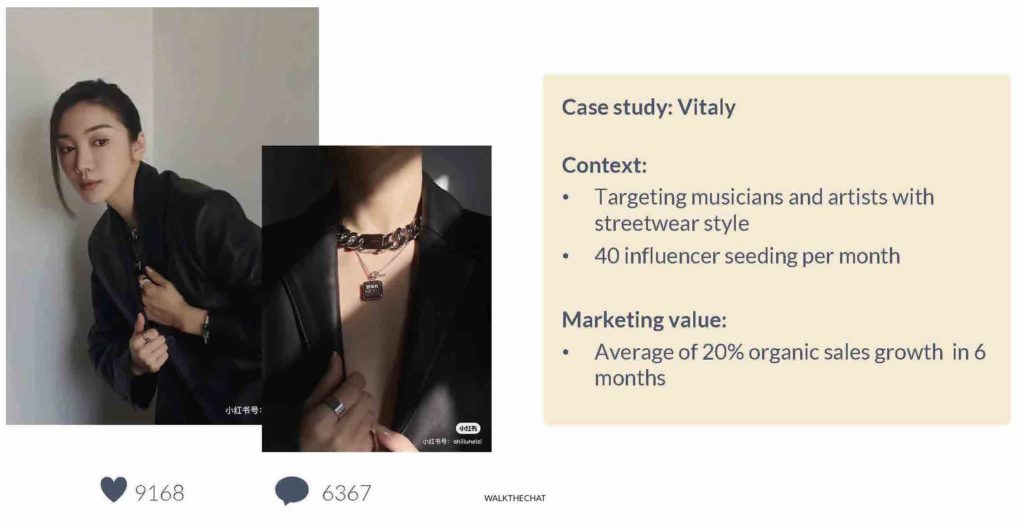
Hunter Boots gifts out at least 4k USD worth of products per month, and in exchange KOLs is able to create over 20k USD worth of marketing posts. A sweet deal to create amazing content while minimizing the marketing cost. Especially the product cost is usually a small percentage of the retail price.
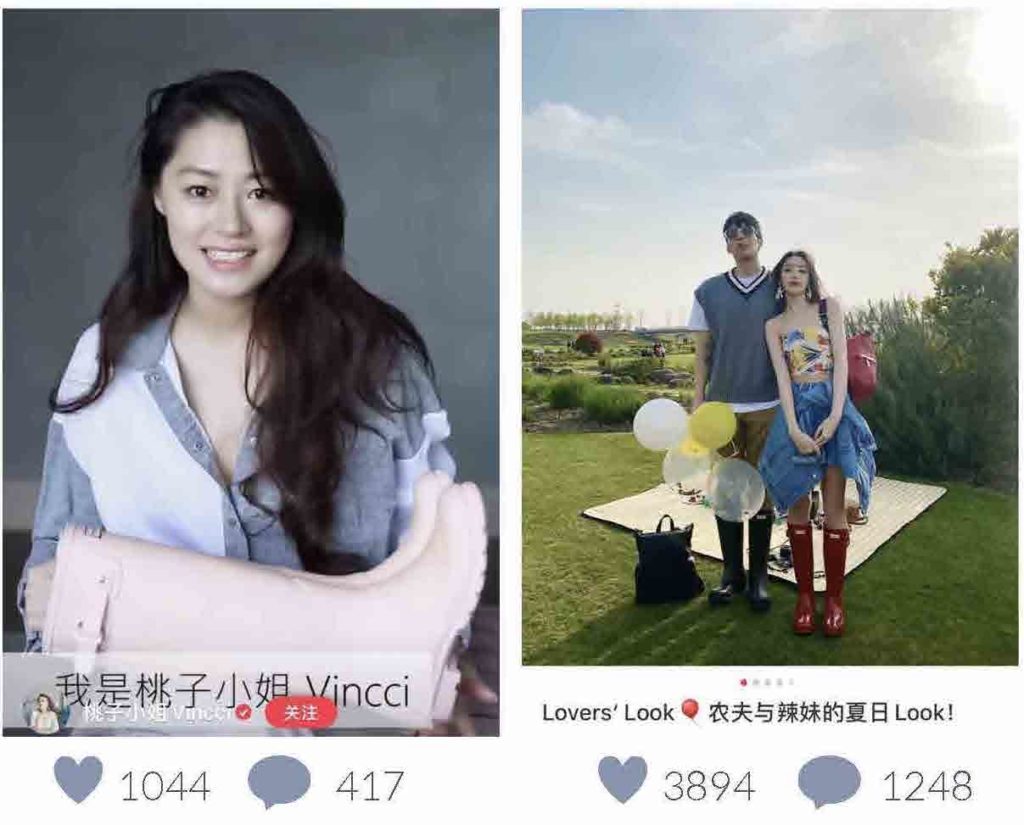
Micro-influencer seeding
For skincare brands, cosmetics, health supplements, F&B, or electronics, we will target the micro-influencers, often with around 1000 followers. It’s a lot more difficult to get free product seeding with brands in these industries because if it’s not a product that could fit in with the KOL’s outfit, it will appear a lot more promotional to post this content. Instead, brands can pay a small amount (usually between $30 to $100) to individuals on REDNote in exchange for guaranteed posting. The goal will be to focus on the quality of photos and videos. Since if the content quality is high, it’s still possible for a post to go viral even if it’s a small account.
Celebrities seeding
Working with showrooms and stylists is also a great way to work with celebrities. Celebrities often borrow products to style in a photo shoot or going on a TV shoot. Usually, the stylist or showrooms will borrow a lot of products from brands. If we are lucky, brands could get free exposure.
Below are celebrities that wear products seeded by WalktheChat.
These celebrities usually charge between 80k USD to 140k USD for posting just one promotional content. Although they will not post-seeding brands, the fans will usually post on Weibo. In this case, it’s crucial for the brand to use its own official account to engage with the fans.
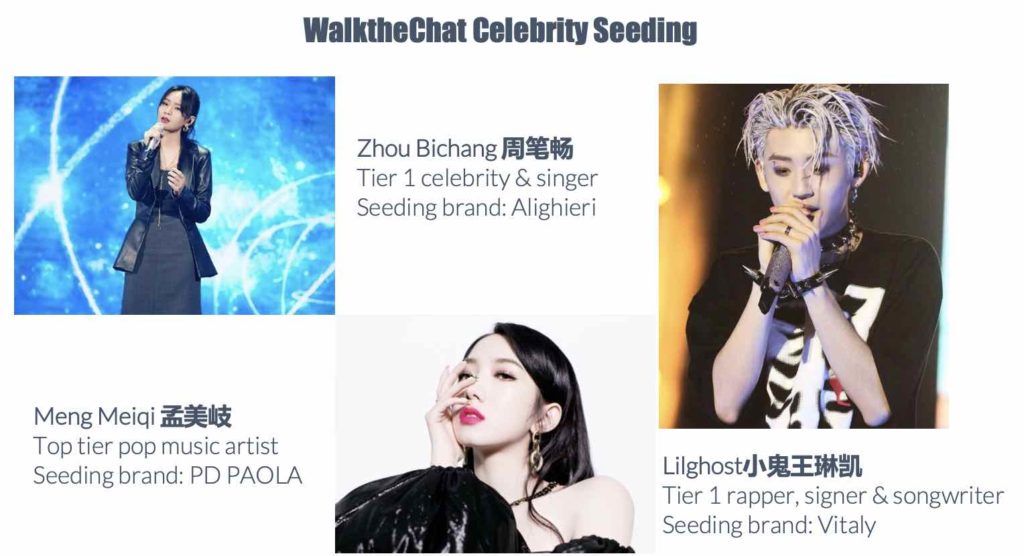
Note all the collaboration photos and videos are Copywrite protected. The brand is able to use these photos to post on social media channels. However, these photos could not be used in the e-commerce store, or as display ads material.
A smart way to use these copyright-protected photos is to post under product review using a personal or KOL account. This way brand is not directly using these photos, but the content gets to be distributed widely.
Jewelry, shoes, and clothes are easier to be picked for celebrity’s stage styling. Bags, cosmetics, and sunglasses are usually a bit harder. Some other categories such as skin care products are almost impossible for seeding. Consult info@walkthechat.com to learn more about if celebrity seeding is the right service for your brand.
REDNote Influencer campaign
REDNote influencer campaigns often target building brand awareness and creating engagement. It’s difficult to track the sales conversion from the Little Red Book platform, however, a good campaign can create strong purchase intention, and directly impacting sales.
Unlike seeding which we mostly focus on the quality of the content, when it comes to paid influencer campaigns on REDNote, we have much stricter selection criteria.
1. Strong engagement ratio
The engagement ratio is an important indicator demonstrating how active is the KOL account. The influencer profile page shows the total follower amount and total engagement amount. The higher ratio the more engaging are the followers, thus more likely to respond to promotional content. We usually only work with influencers that have a ratio higher than 2.
Engagement ratio = Engagement amount / Followers
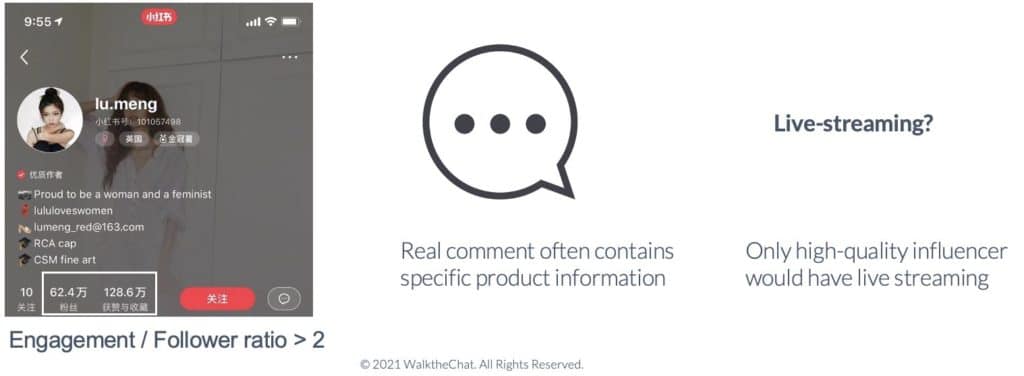
2. Identify the real KOL
REDNote has quite a lot of fake account and zombie followers.
A real KOL usually receive comments from real users. A real comment usually contains specific product information. The user name and profile picture should also look like a real person.
Another way to check if the influencer has fake followers is by using Qiangua, a 3rd party App. It can provide an estimated % of the active follower of an influencer and % of zombie followers.
We usually choose influencers with over 50% of active followers.
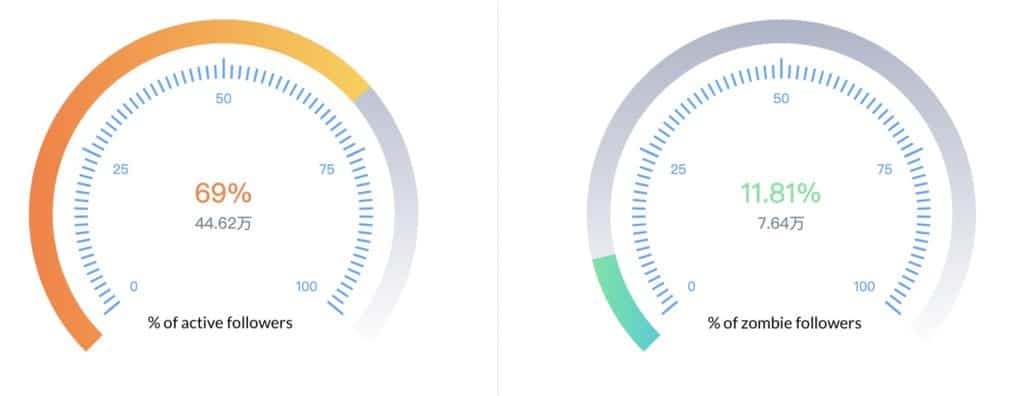
Zombie followers are defined as followers who started to follow the influencer in the last 90 days, and who do not have any activity on REDNote. Usually, we choose accounts with less than 20% of zombie followers.
3. Average post engagement should be over 200
For mid-tier and top-tier influencers, it’s important to choose influencers that have strong daily engagement. Internally we prefer influencers with over 200 post engagement, these are often the influencers with strong follower loyalty.
Note for smaller influencers, it’s common to have a very uneven engagement performance across content. Smaller influencers are also more likely to agree to work on seeding basis.
4. Strong follower growth in the last 3 months
In the Pugongying backend, you can monitor the follower growth curve. Make sure the influencer you choose is active in the last 3 months. If the influencer is trending, it will boost campaign performance.
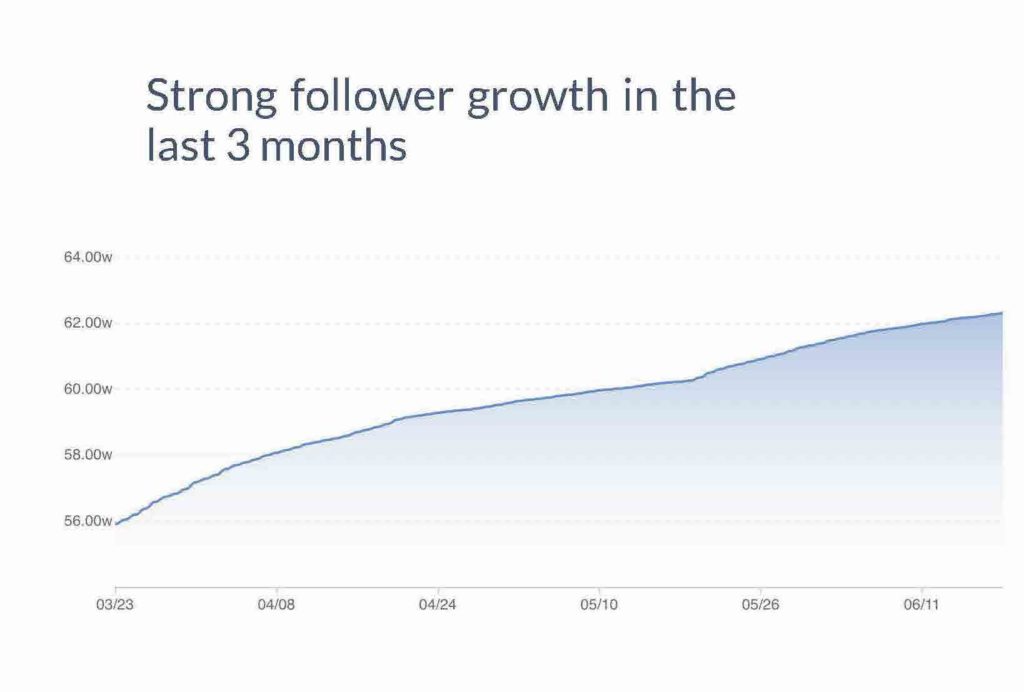
5. Follower demographics
Pugongying also shares the follower demographic. You can compare it with the brand’s own follower demographic to find a good match.
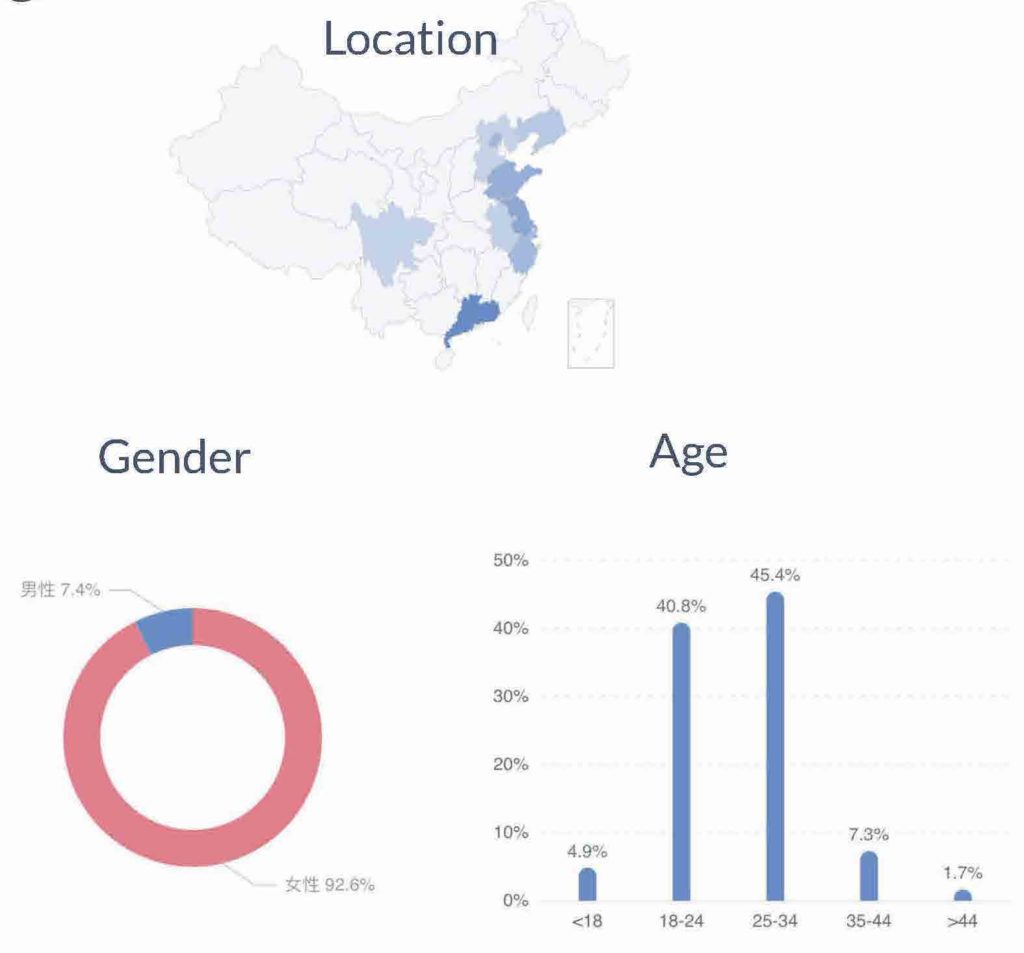
6. Influencer campaign social monitoring
An effective way to choose influencers is to monitor the competitor’s influencer campaign performance. Qiangua enables you to export brand keywords, this way it’s easy to sort through the best performing influencer campaigns of your competitor. You can choose only to work with the influencer with the strongest engagement.
This is export file could contain information such as engagement performance, follower amount, influencer location.
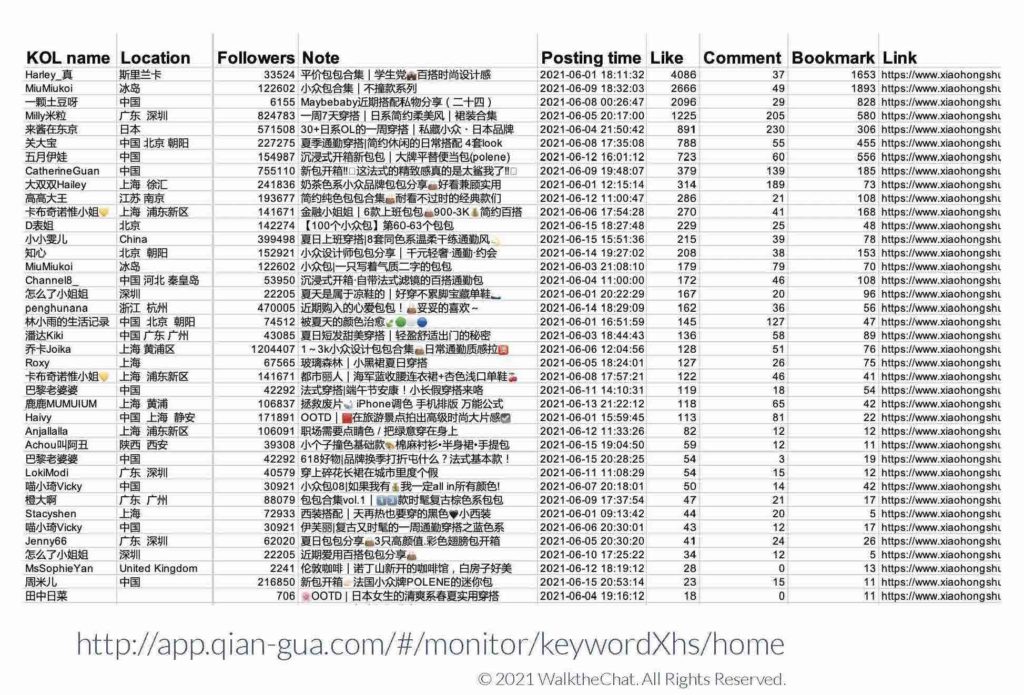
We also suggest brands monitor their own influencer mention. Especially if your brand has a large amount of organic user-generated content. This could help you to identify the most influential customers, and brands could reach out to these fans. Either to gift new season products or to make them the brand ambassador.
Things to do during an influencer campaign
Once you’ve identified the right influencer, it’s important to apply the same checklist that creates great REDNote content:
- Choose the right cover picture
- Match the content with the influencer’s personal style
- Make sure throughout the campaign, target 1 or 2 keywords that’s both memorable and specific
- Monitor the campaign for any viral content, make sure to use display ads to amplify the best performing posts
- Make sure to communicate with the influencer on posting time, use the brand’s official account to engage with the influencer as soon as the content is posted to attract traffic to the brand’s account
- If performance is not as expected, communicate with the influencer to try to get more resources. Usually brand can ask for a repost or some soft-exposure
REDNote Advertising
In some ways, REDNote ads work just like Instagram.
We suggest promoting the best performing content, ads can further enhance the reach to achieve the best result.
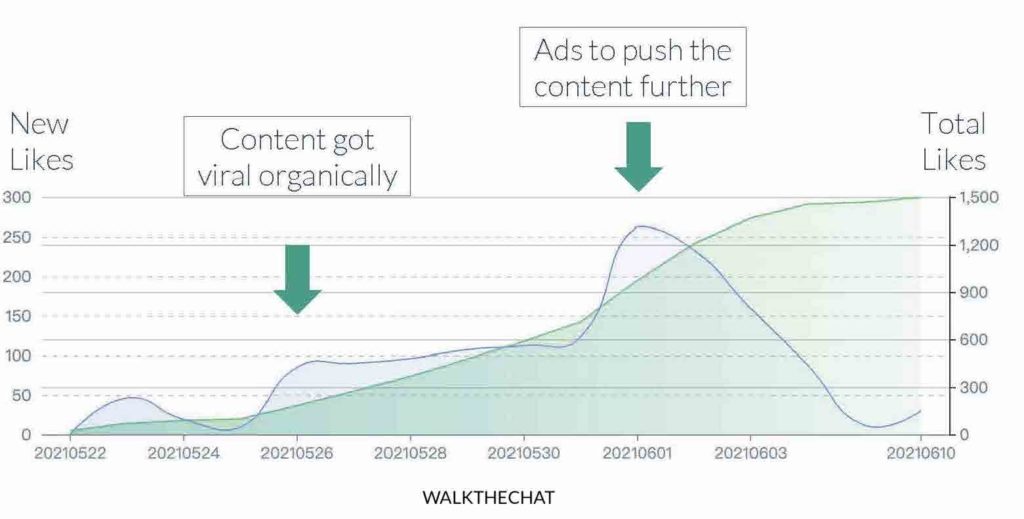
However, when it comes to targeting and retargeting, REDNote’s advertising system is nowhere as sophisticated as Instagram:
- REDNote offers only limited level of targeting category (less than 20 interest groups!)
- No way to retarget or track followers
- No integration with an other platforms, data is limited
- Only 3 types of ads format
- Traffic is also limited since Red only has 100 million monthly active users (WeChat has 1.2 billion)
Due to the limitation, ads are only a supporting feature for brand marketing. Thus we recommend spending no more than 15% of the budget on REDNote ads.
3 types of REDNote Ads
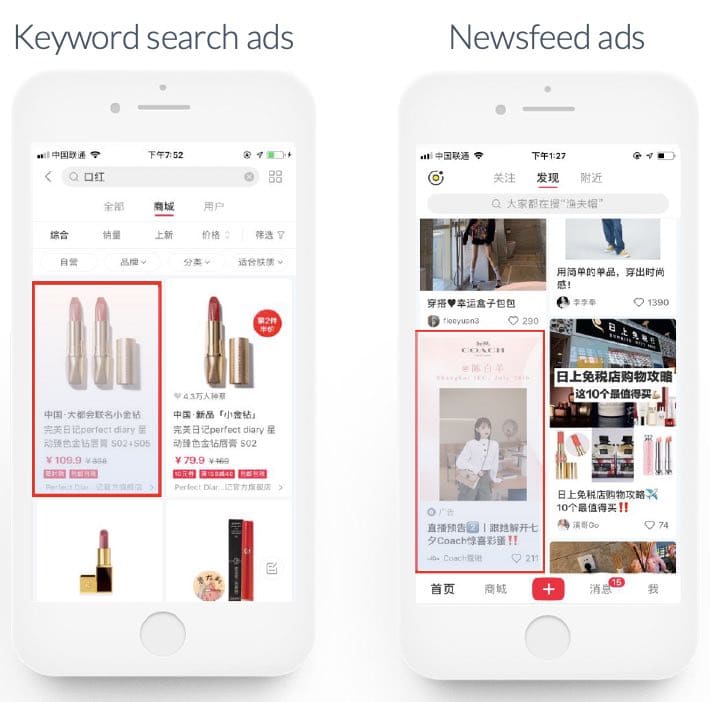
Newsfeed ads for personal account
These are the only ads available for personal accounts. It’s called Shutiao (薯条). Personal ads are more expensive compared to brand ads. For example, CPM could be 11 USD, almost 5 times more expensive compared to brand ads. Personal ads also only enable leading traffic to a personal account. The upside is Shutiao will not display as “promotional” content, so the content could appear more native.
Newsfeed ads for brand account
Brands can place newsfeed ads on REDNote.
Here is the average price for different industries (CPM/USD) as of June 2021:
- Beauty 2.5
- Cosmetics 2.8
- Mother & baby 2.5
- Fashion 1.9
- F&B 2.2
This is cheaper compared to other channels, Douyin’s CPM is around 3 USD while WeChat Moments Ads could be over 15 USD.
The average click-through rate on Red is strong, between 2% to 5% depending on the industry.
Newsfeed ads have relatively larger traffic compared to other types of ads on REDNote. Thus we recommend allocating 70% of your ads budget to this.
The biggest issue with newsfeed ads is the lack of specific targeting options. Brands can only choose from less than 20 interest groups, and the groups are very general. For example, under fashion outfits, users are only separated into 3 categories: All, clothing, shoes & hats.
It’s just embarrassing how amateur the REDNote ads backend looks.
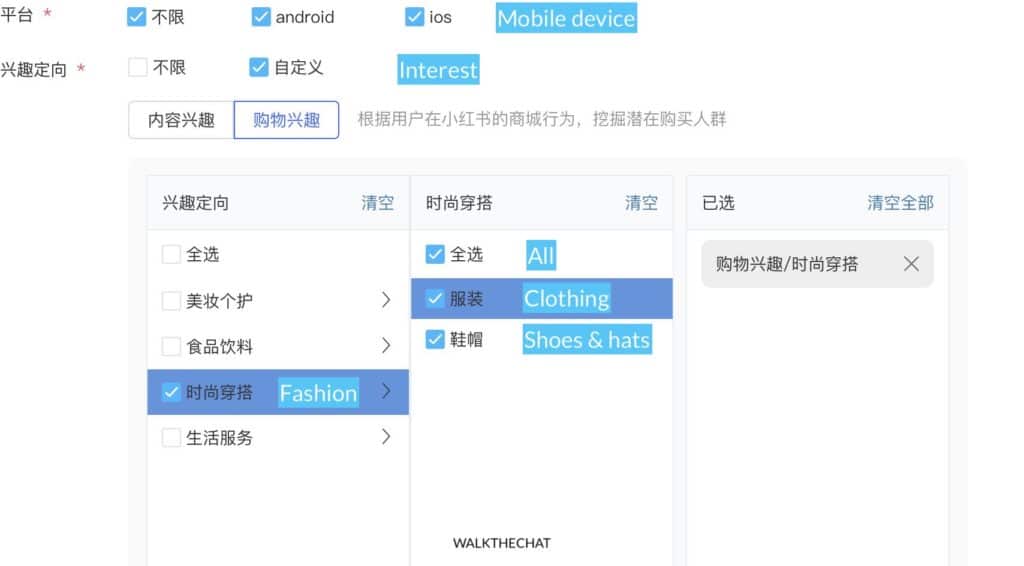
Since targeting is broad, ads optimization on REDNote is all about optimizing the asset. Make sure to have an attractive title with trendy keywords, and make sure the cover picture is right.
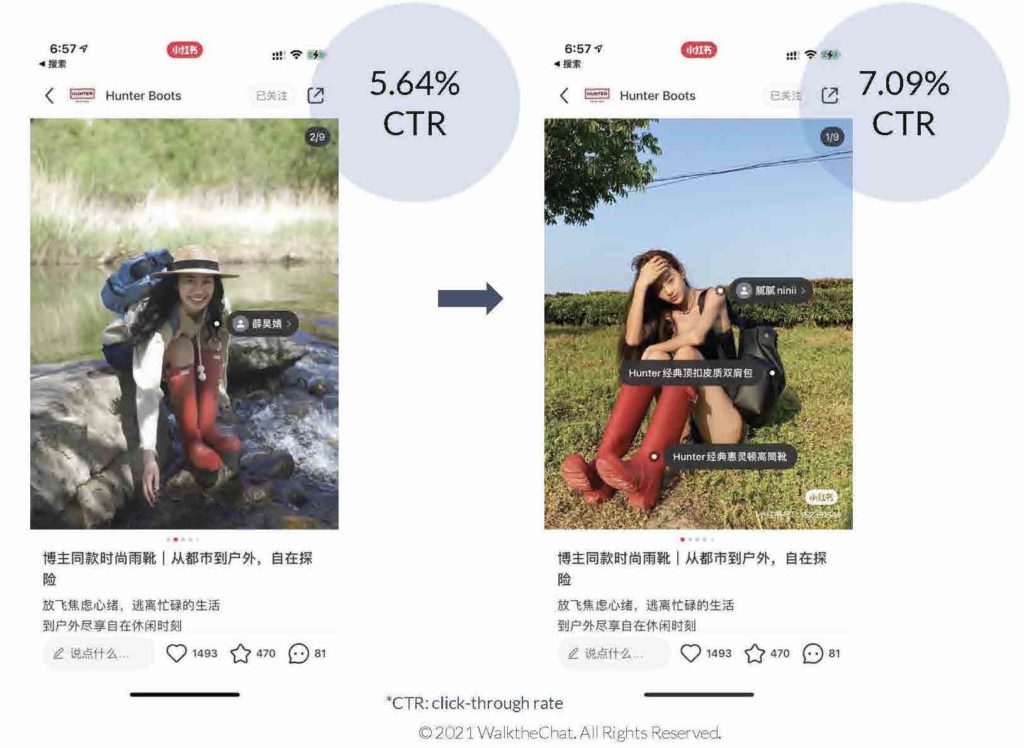
Keyword Search Ads
This is the only type of ad on Red that enables brands to be more specific in targeting since you can bid on keywords.
It’s generally more expensive compared to newsfeed ads. Here are some cost benchmarks in different industries as of June 2021 (CPM/USD):
- Beauty 13
- Cosmetics 17
- Mother & baby 8.7
- Fashion 2.3
- F&B 3
However, due to traffic limitations, it’s not easy to spend with specific keywords. For example, we are only able to spend around 100 USD on the keyword “rain boots” per day.
How to Create REDNote Content
REDNote is a great channel for medium to long-term marketing plans. Content has a longer lifespan compared to WeChat.
Many REDNote post still gets traffic after 1 month. The amount of exposure a post gets is determined by algorithm, which has to do with keywords and the post engagement score.
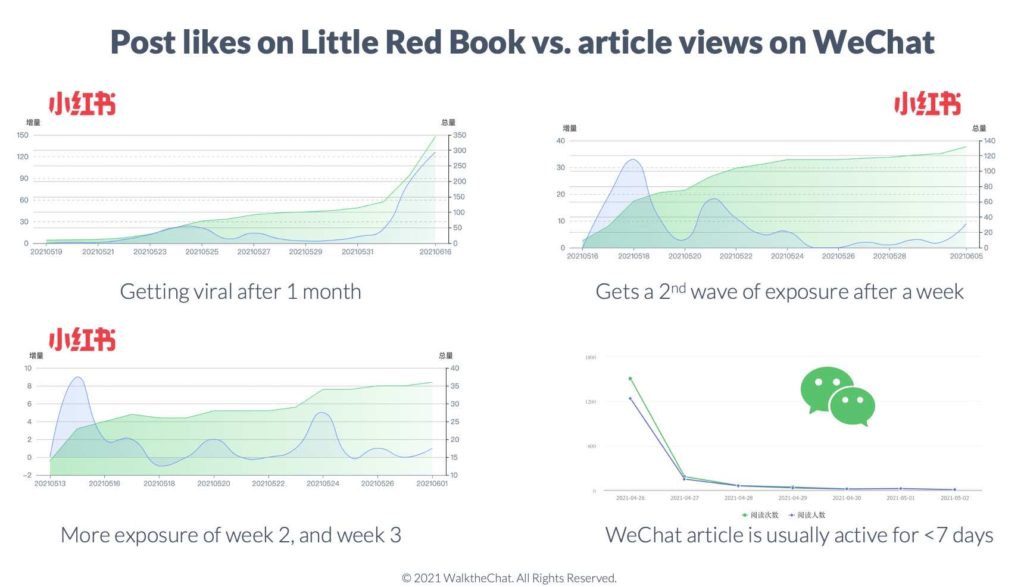
Comparatively, WeChat’s content lifespan is shorter: usually under 7 days. Content is only pushed to WeChat official account followers, so it’s hard to get organic traffic.
6 ways to increase content performance on REDNote
Follow the hot topics and AI trends
The integration of AI in advertising has revolutionized the industry, allowing brands to expand the boundaries of creative planning with AI’s involvement.
Brands on Xiaohongshu are using AI-generated CGI to create eye-catching ads that blend virtual and real elements.
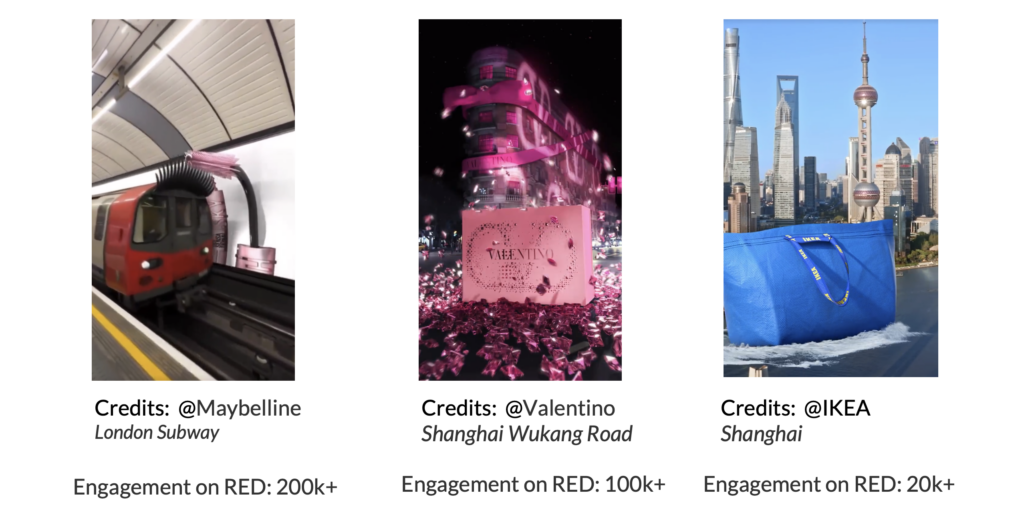
This approach sparks discussions, increases brand visibility, and enhances the user experience. By integrating AI into advertising, brands are pushing creative boundaries, making CGI a popular choice for engaging and innovative campaigns.
WalktheChat continuously invests in the latest AI technology and explores emerging trends to ensure brand content remains at the forefront of digital innovation. WalktheChat helped Marimekko to launch its first CGI content on social media. The creative perfectly aligns with the brand’s identity, goals, and audience needs, ensuring content is not only engaging but also deeply resonant.
Choose the right cover picture
Cover picture will strongly impact the click rate of your REDNote content.
A clear product picture usually works better compared to a blurry product picture. A picture that looks like it was taken by a real customer can also attract more clicks.
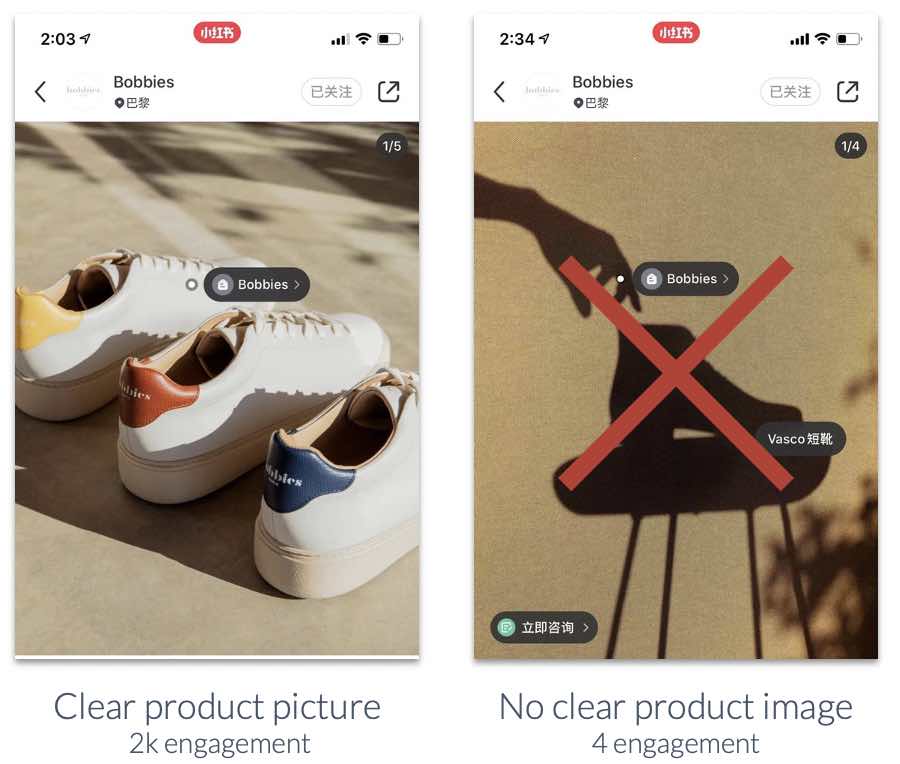
Localized content usually performs better on REDNote. It’s a community, thus people prefer genuine content to professional commercial content, such as a professional-looking caucasian model shoot.
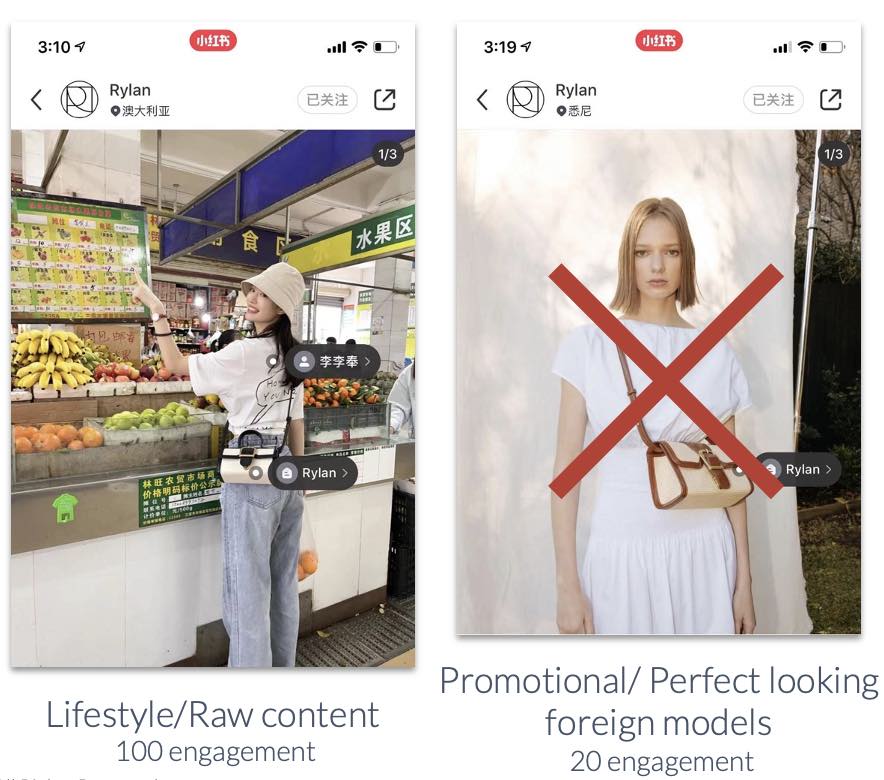
A good method to create localized content is by gifting products (instead of paying) to influencers and letting them post content. In general, we find a lifestyle photo will often perform better than a professional model shoot.
Sometimes it’s a bit random, don’t worry, keep testing
You can post an unlimited amount of content in a day, so brands can test out different types of content. In general, a brand account would post 1 or 2 posts per day.
Below are 3 pieces of very similar content, all about matching tips for shoes. We optimized the keyword in the 2nd post, including adding the word “business casual”. The 2nd post performed 20 times better than the first one. We also took a similar approach for another account, and the post went viral.
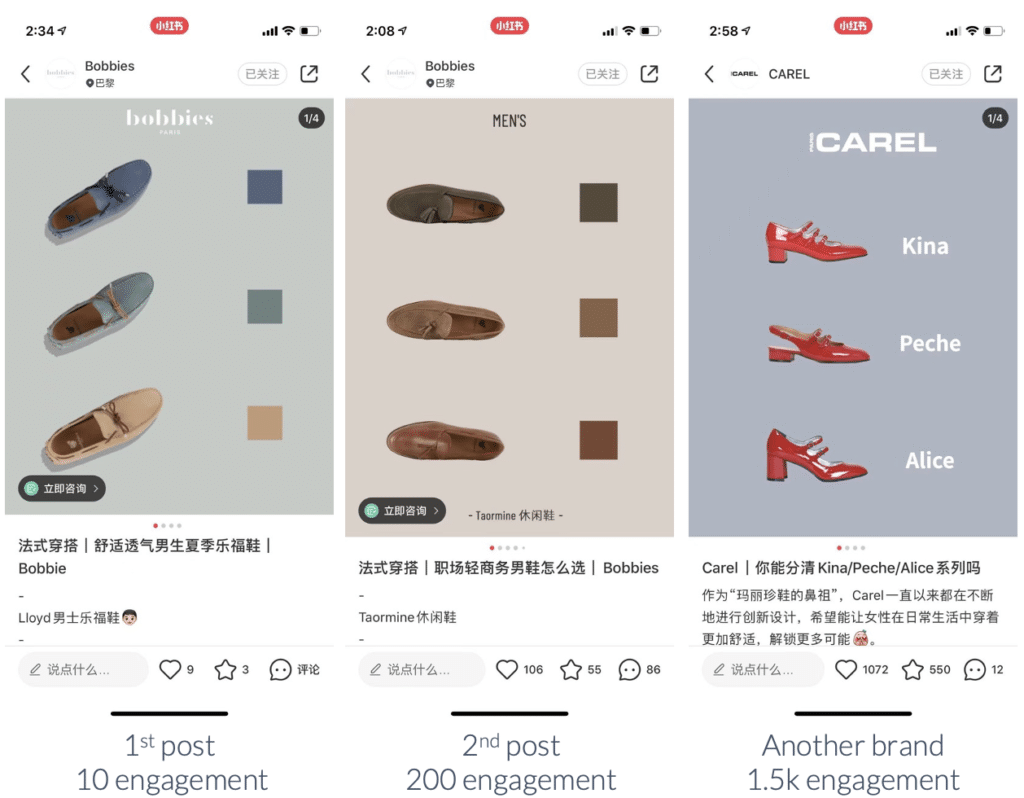
It’s hard to tell what exactly makes a viral post on Little Red Book, but brands should also keep testing out different content styles. Copying the best-performing content in your industry is not a bad start.
Tip: content sometimes becomes viral due to promotional events. It’s much likely to create viral content when the brand is simultaneously running an influencer campaign.
It’s like a search engine, make sure to optimize the keyword, and avoid censored keywords
REDNote content is algorithm-driven, the performance is strongly connected to search volume and post engagement. Thus optimizing the keywords in your post title is a shortcut to success.
First, do research on the best-performing content in your industry. Below is a research we did before working on a French shoe brand. We use keywords like “French style”, “shoes for men”, and “leather shoes”. You can record the top-performing post titles in the last 3 months.
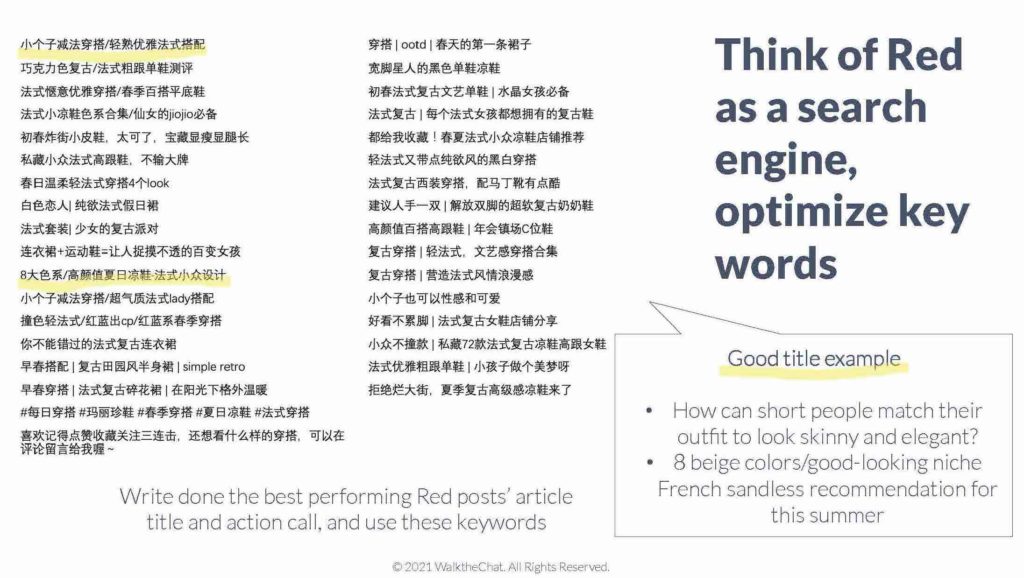
These titles give the best examples of types of content that work best in your industry. You can reuse some of the keywords, and try to create similar content. Examples of good REDNote titles are:
- How can short people choose outfit to look skinny and elegant?
- 8 beige colors for French sandals recommendation this summer
Just like a search engine, REDNote’s trendy keywords change all the time, impacted by the number of search queries and the popularity of top-performing posts.
Keyword ranking = Number of search queries X Engagement of top posts containing the keyword
You can use 3rd party keyword monitoring tool to find the top ranking keyword in your industry, and use these keywords in your REDNote content. The tool we use is called Qiangua. It’s a paid service costing around 500USD per month. For example, the top trendy keywords in the fashion of the day are: OOTD, work outfit, whiten skin, skinny outfit.
Copywriters also need to avoid censored words and forbidden words. These words will impact the traffic.
Words could be sensitive due to many reasons. For example, the Chinese advertising law forbade the use of “best”, “No. 1”, “most” to avoid misleading content. Any political words could cause your content and even the account to be blocked. Any indication of trying to redirect traffic to other platforms, such as WeChat or Taobao is sensitive enough to block the spreading of your traffic.
Here is a free tool to check which are the sensitive or forbidden words in your content: http://ci.lingke.pro/
Lucky draw could bring traffic fast
Little Red Book has an official system for brands to launch lucky draws. Users could participate by following, bookmark, and like the content in order to win a gift. It’s a very good way to quickly push a new account to a larger audience.
The first participating users are usually low-quality users who are only in for the gift. But as more users engage with the lucky draw post, it could easily go viral and eventually reach your target consumers.
For Vitaly, a Canadian jewelry brand, a lucky draw was able to bring over 600 new followers. And since the lucky draw prize is a 500 RMB gift card for its cross-border WeChat Mini Program, the brand also draws attention to another sales channel.
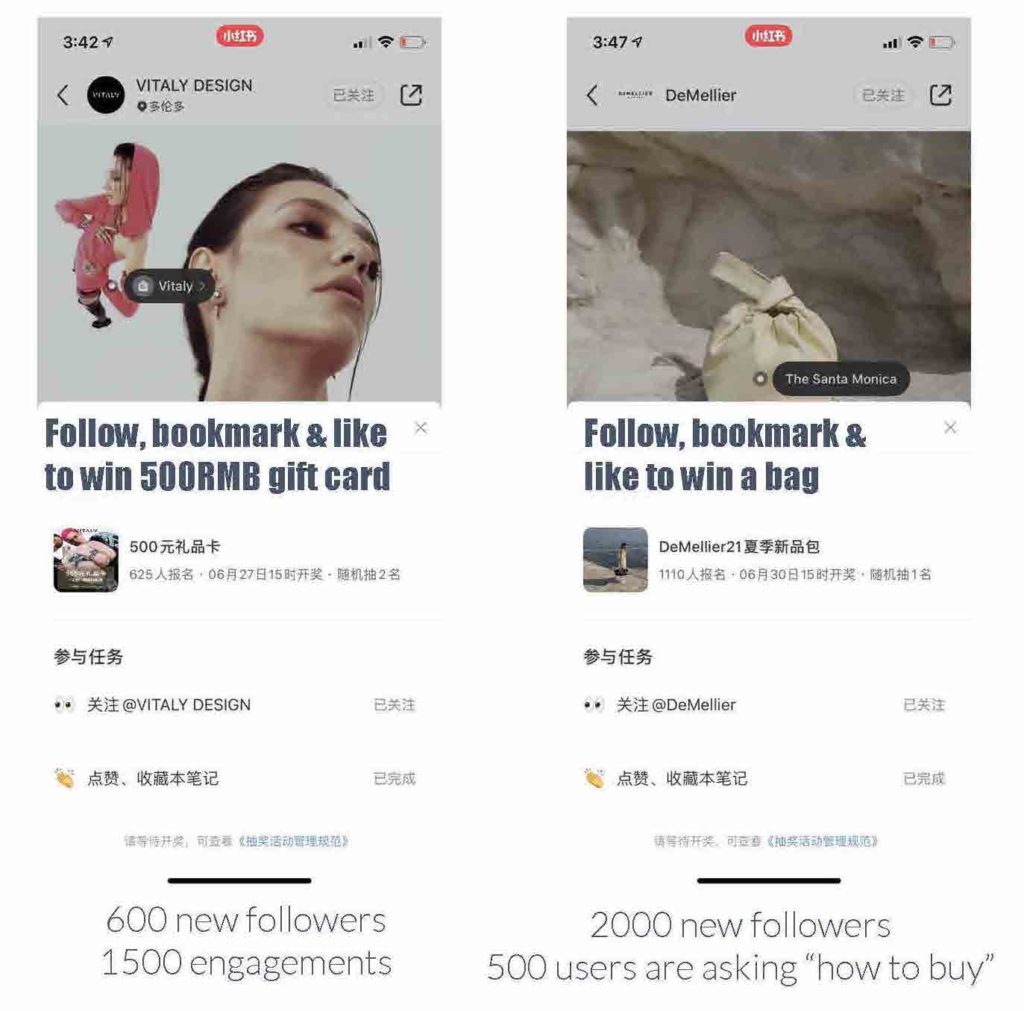
DeMellier is a niche bag brand that just entered the Chinese market. The lucky draw attracted over 2,000 new followers. For a new account, this is quite significant. Over 500 users who were attracted by the luck draw asked how to buy the product.
Since WeChat and Tmall are sensitive words on Red, we used private messages to share the sales channel with the users. The prize was a newly launched bag: a free product is usually more attractive compared to a gift card.
Conclusion
REDNote is a great platform for brand marketing and creating multiple consumer touchpoints. Red content can be manipulated via specific tactics just like SEO. An influencer campaign is the most effective way to drive traffic and convert sales. We suggested only a moderate amount of ad investing. E-commerce conversion happens via live-streaming and directing traffic to other marketplaces.
Mastering REDNote marketing could be the key to quick raise in the Chinese market.
Other information on REDNote
What is REDNote (Xiaohongshu)?
Xiaohongshu, encourages a “safe space” for like-minded consumers to write reviews and share their shopping experiences good or bad.
The App contains an “Explore” section enabling to explore user’s content on topics such as fashion, food and travel. However, the most popular category on the App remains beauty & cosmetics.
The App is often used when a user is investigating a new cosmetic product they would like to try, and are curious about the experience of other customers.
The App also as a “Nearby” section that users can use while traveling. While on business trip to Hong Kong, REDNote would point me to food, experiences or shopping opportunities around me.
When reading a post, users usually add “hyperlinks” to the page of the brand which can contain an e-commerce section. There can therefore be a smooth transition between content consumption and e-commerce.
Xiaohongshu change from a social platform to an e-commerce platform
Before becoming today’s social and e-commerce hybrid, Xiaohongshu started out as a drafting tool for Chinese users to make fashion and beauty shopping lists before traveling overseas, with an interface similar to Pinterest. Essentially, it was just a content sharing platform, targeting Chinese shoppers’ unmet desire of discovering and sharing shopping experiences.
Having accumulated a huge amount of social and consumption data from a largely urban female user base, Xiaohongshu has since developed a closed shopping cycle on the cross-border sale of luxury items.
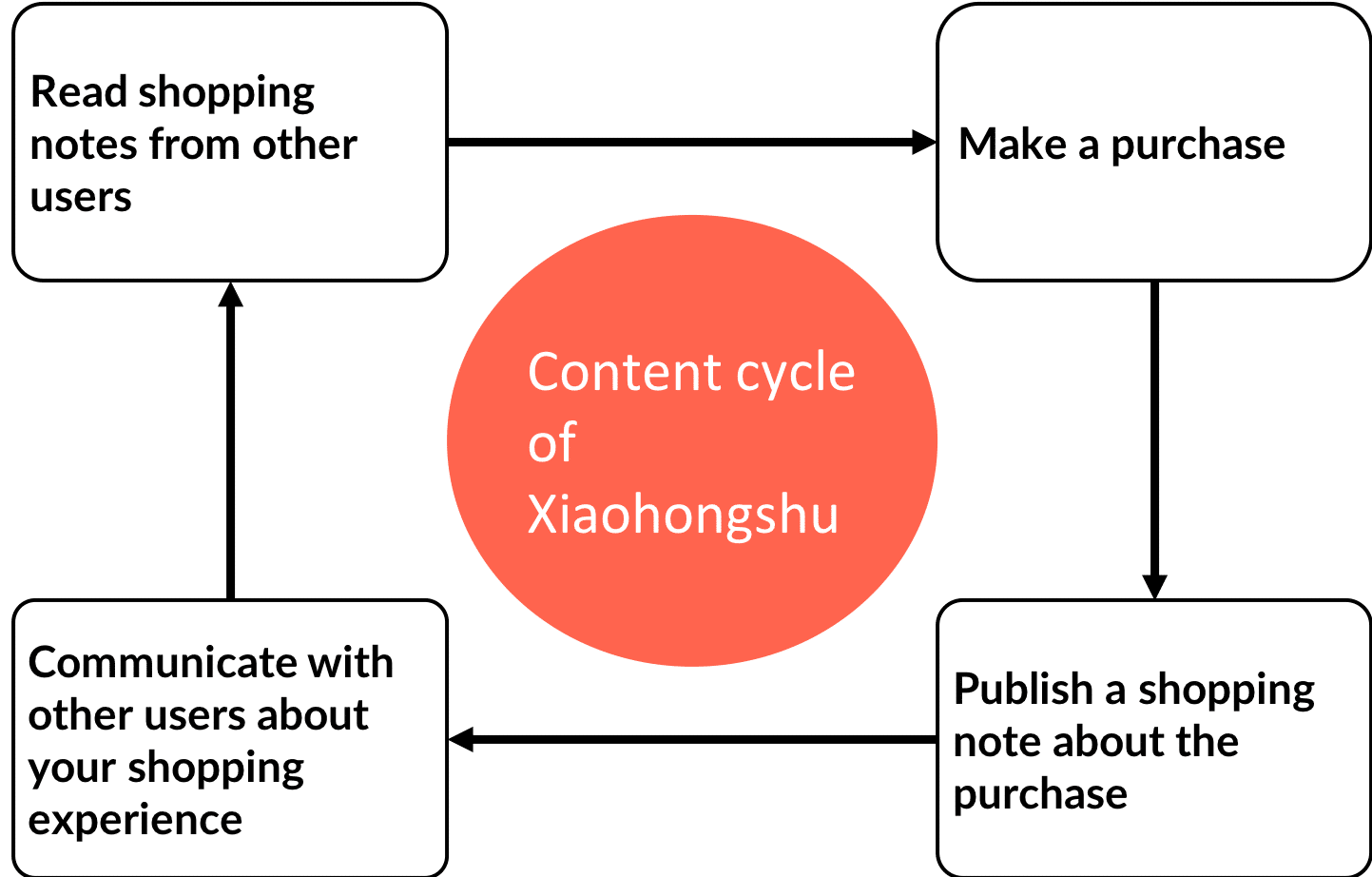
Instead of choosing a marketplace model like most Chinese e-commerce sites, Xiaohongshu maintains partnerships with foreign brands and keep their own inventory for added quality assurance, shipping directly to users from their warehouse.
Xiaohongshu may be the best platform for shoppers to reach a large group of like-minded individuals, who are most likely to engage with their posts (known in the app as Shopping Notes).
Users don’t have to make their personal experience completely public (like on Weibo, China’s Twitter), or visible only to a closed circle like on WeChat. On Xiaohongshu, Shopping Notes are written by and shared with a relevant crowd that also enjoys and are eager to get informed about shopping and lifestyle.
How little is REDNote (Xiaohongshu)?
REDNote is one of the largest and fastest growing social e-commerce apps in China. The women-focused shopping platform, co-founded in 2013 by Charlwin Mao and Miranda Qu. Xiaohongshu is now:
- Valued at USD 3 billion in its Series D round June 2018
- Supported by the most prestigious investors including Alibaba, Tencent, Genesis Capital, ZhenFund and GGV Capital
- Over 100 million registered users
- 30 million monthly active users, a 40% increase in end of 2017
Xiaohongshu was ranked as the #1 App in the cross-border e-commerce App category with 15.4 million MAUs during Black Friday 2017 according to Analysys. The #2 App Kaola only had 5.3 million MAUs during the same period.
According to a different source, iiMedia, Xiaohongshu makes up for 5.6% of the total cross-border e-commerce market. Notice it’s one of the only platforms that’s gaining more market share in Q1 2018.
Xiaohongshu’s user demographics
In a nutshell, most REDNote users are post-90s urban females who value quality, with relatively high consuming power, and premium taste.
It’s one of the fastest growing e-commerce platform.
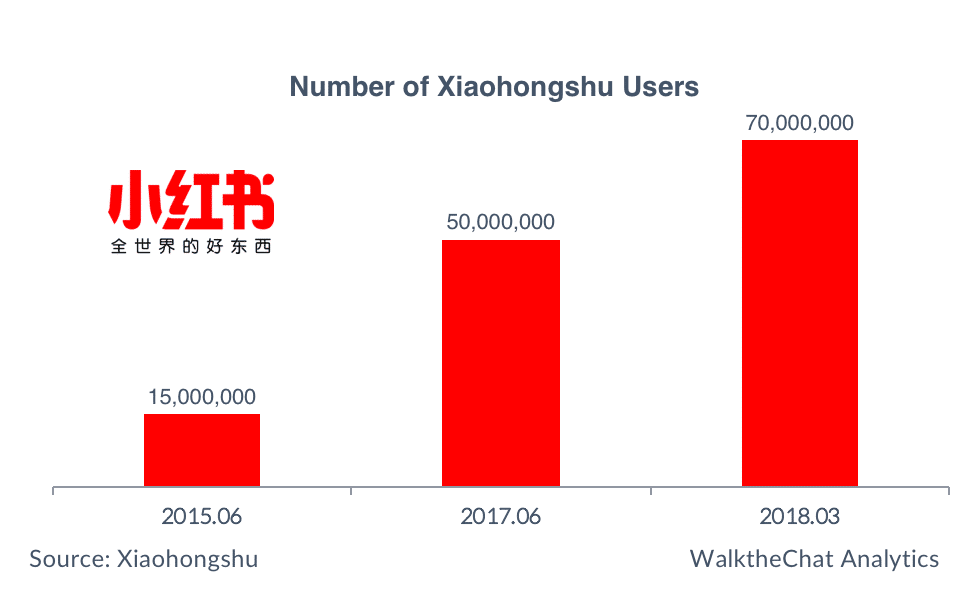
According to Qianfan, Xiaohongshu has a predominantly female audience (88%). It also has a rather young population: more than 60% of its users are 30 years old or younger.
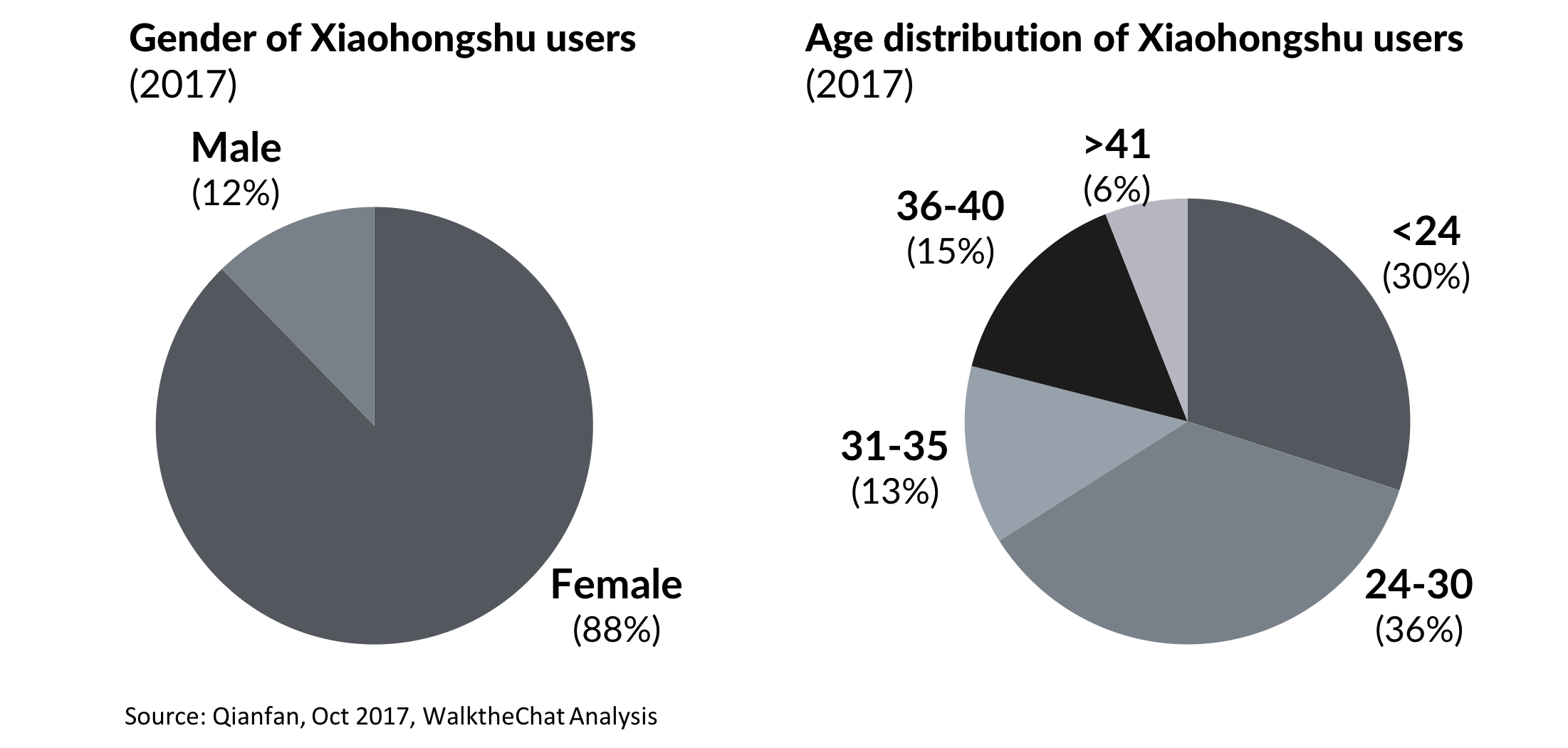
57% of the users live in top-tier cities, the traditional centers of wealth. In fact, a closer look at their spending behavior reveals a large proportion of the users have relatively high consuming power.
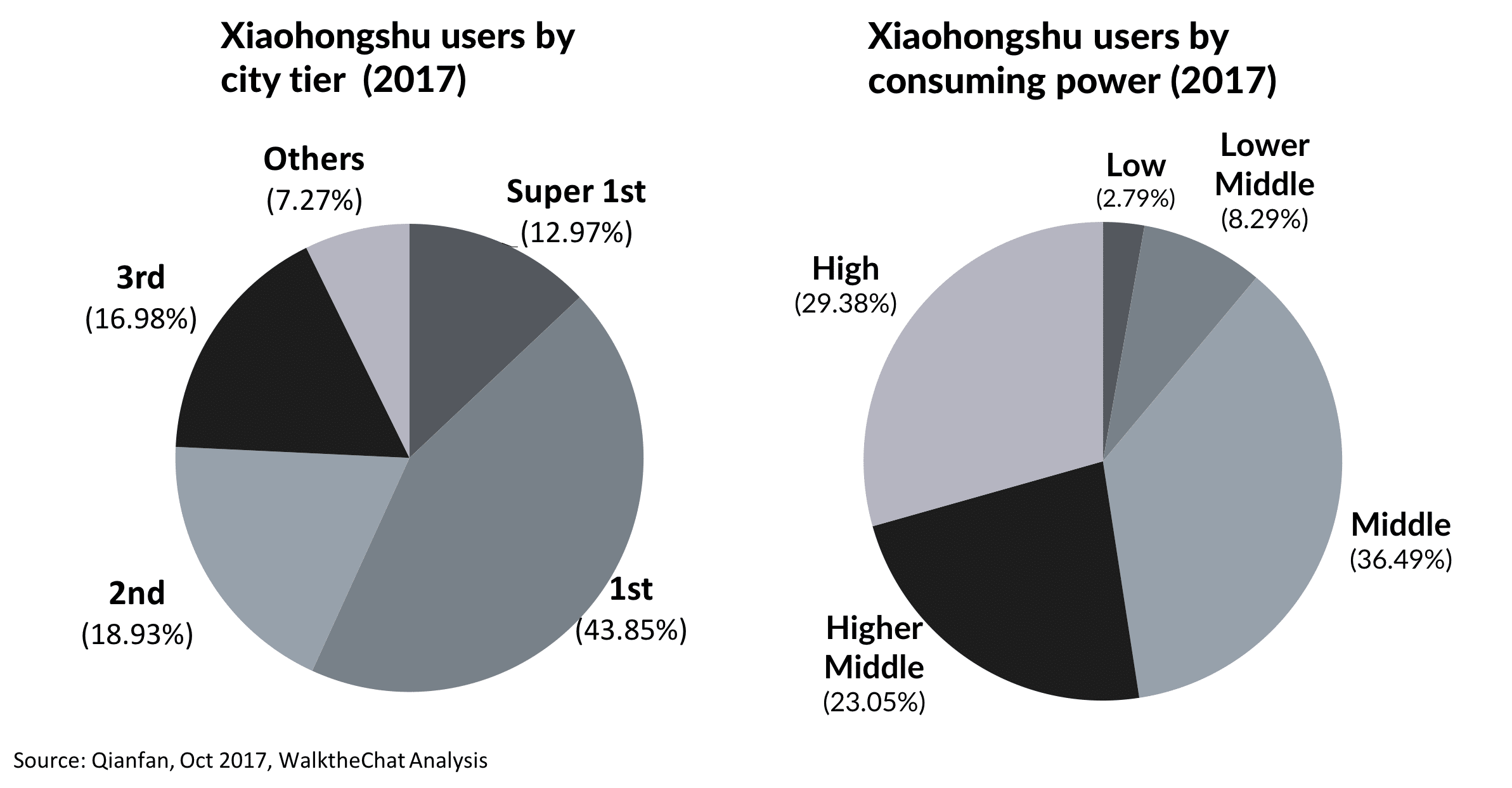
This makes the platform the ideal channel to target young, affluent female shoppers that have the intent and ability to consume branded products.
User content that informs purchase decisions
High-quality shoppers demand high-quality pre-purchase information. Driven by candid product reviews (aka Shopping Notes), authenticity is at the core of Xiaohongshu’s user posts.
It is like an illustrated textbook that teaches you to shop (covering such topics as which up-and-coming brands you need to know, how to spot fakes and the best time of the year to shop for the best deals etc.)
Users can make purchases through a shopping note, ensuring a smooth and efficient shopping process that takes place entirely within the platform.
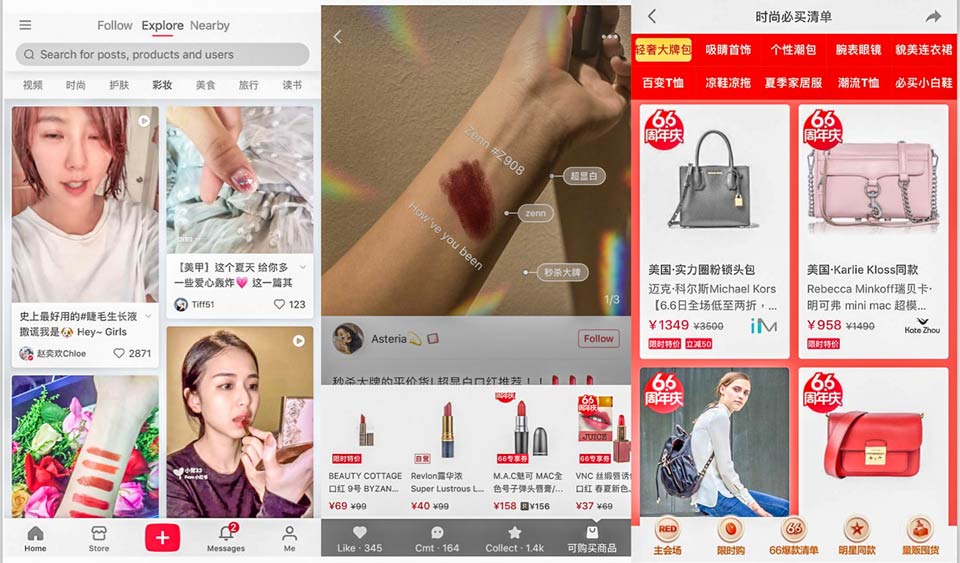
To maintain quality and effective communication, Xiaohongshu’s recommendation algorithm encourages users to interact with topics they are interested in. Profanity, explicit self-advertisement and verbal abuse are all effectively censored.
Also, it is worth noting that there is no forwarding or sharing features on Xiaohongshu. Users can like, comment on, and add Shopping Notes to their own collection.
This in a way prevents users from getting spammed, and to let Little Red Book organically push to users the content they believe will be most relevant and useful to them.
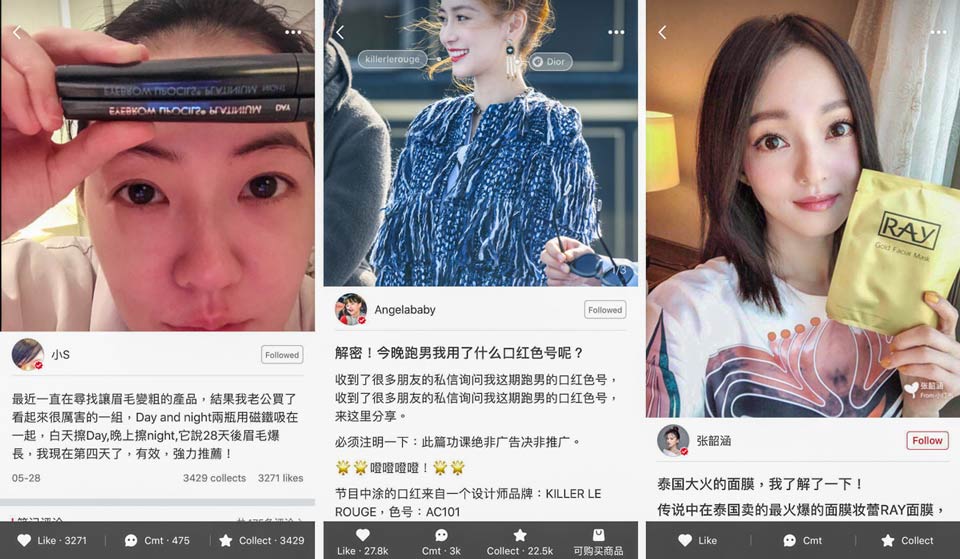
Celebrities’ favorite sharing platform
Xiaohongshu is one of celebrities’ favorite social media platforms in China, and there are plenty of stars sharing their latest shopping picks and lifestyle hacks there every day, mixing snaps of their not-so-glamorous side of life.
Consumers feel like they share an intimate bond with celebrities through their personal, light-hearted Shopping Notes. This has created a unique UGC (user-generated content) circle made up of well-known influencers with a massive following.
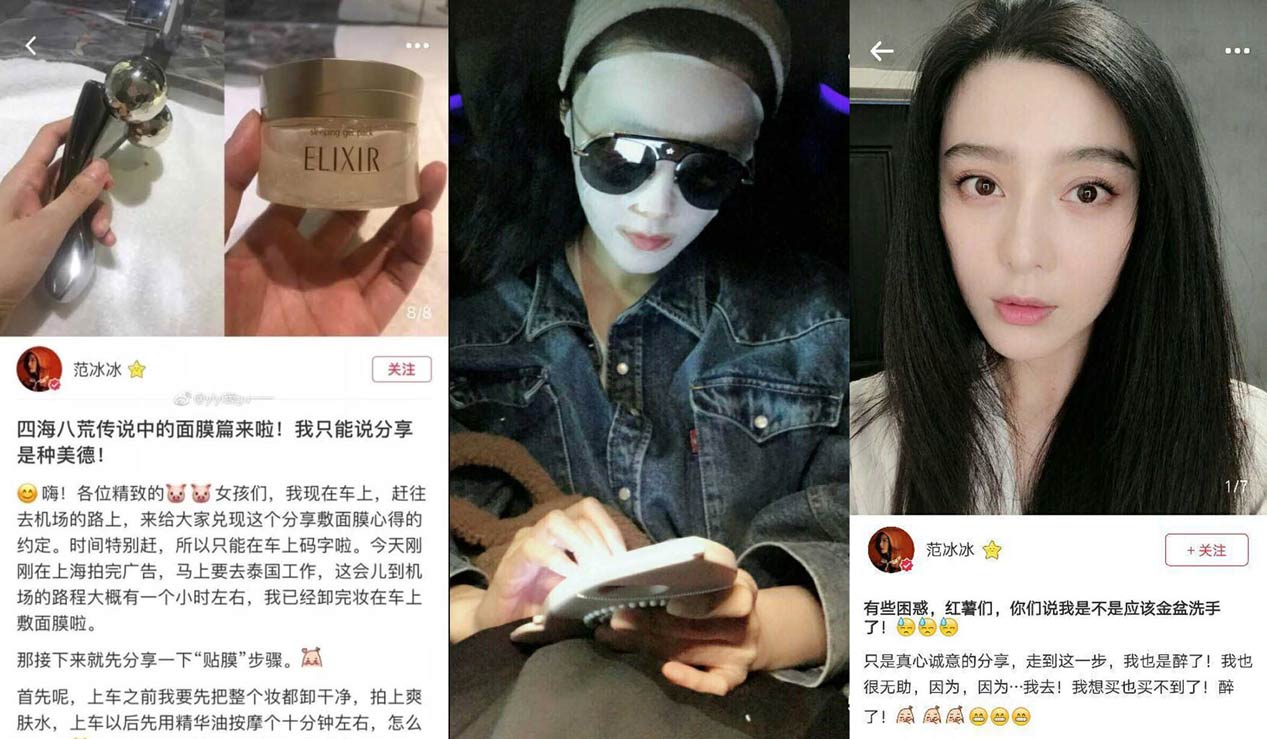
On a platform like Xiaohongshu, celebrity endorsements come with a special authenticity. Fan BingBing is a classic case of quality over quantity. Dubbed “queen of sales” on Chinese social media, she once brought down the server of Xiaohongshu after endorsing a beauty product on the platform.
Currently, with 9.9 million followers on the platform, every face mask she ever endorsed on the platform is reported as sold out. Even the actress joked about quitting the platform, so she can find her favorite products in the store.
Marketing on Xiaohongshu
For products that are listed on its e-commerce platform, Xiaohongshu has different sales campaigns to generate sales, stores and brands can sign up. It also runs a 4-hour count down sales events 3 times per day platform-wide. These discount events are focused on cosmetic product, health product, food, household items, formula. It also runs a “Stylish girl” event which hosts cosmetic product only.
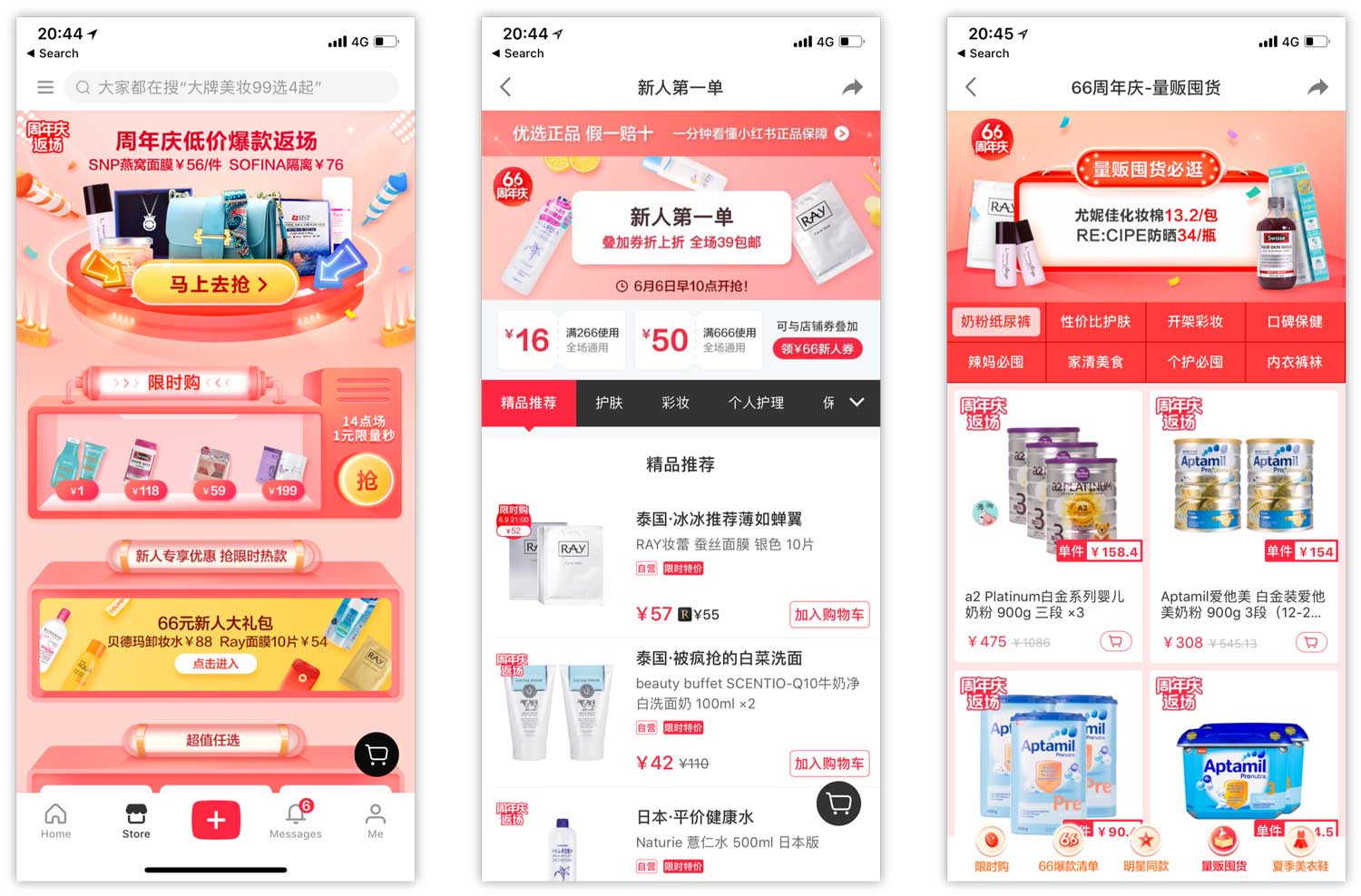
Smaller brands can benefit from Xiaohongshu’s growing network of celebrity users to drive brand recognition through KOL campaigns. A simple way to begin partnerships is to send products to influencers that are within the brand’s niche, and have them authentically post their thoughts.
Is Xiaohongshu a good investment?
So is Xiaohongshu worth the money? It is, but not only as a sales platform: as an information platform.
Chinese Luxury customers make exhaustive research before purchase. They have the largest number of touch points before making a purchase decision, and especially if you’re in the beauty space, Little Red Book will be one of them.
Even niche cosmetics brands can have thousands of mentions on Little Red Book, and customers who see your products on Xiaohongshu might very well end up buying it on Tmall or WeChat a few hours or days later.
In short: Little Red Book is worth it. But with its huge engagement rates and significant organic traffic, you should see it as a marketing channel rather than as a sales platform.
Conclusion
As part of the e-commerce revolution for purchasing better products, Xiaohongshu’s unique positioning as a trustworthy, celebrity-approved distributor of overseas products is a great channel for brands that look to capitalize on the social commerce trend.
The nature of Shopping Notes makes it not only authentic, but also useful to potential consumers. Driving brand recognition and sales aside, a well-established presence on Xiaohongshu allows a business to track customer sentiment over a test period, which can then be used to inform future marketing strategy.
Want to learn more about Xiaohongshu KOL marketing, content trends, and successful cases? You will find the below articles very helpful:
- How fashion brands leverage Red (Xiaohongshu): Content, KOLs, and Strategy
- Red (Xiaohongshu) trends in 2022: emerging trends in fitness, fashion, and beauty
- Red (Xiaohongshu) pushes “Account-Store Integration” to drive in-app conversion
- REDNote new feature: “guaranteed exposure” for sponsored content
Have some unanswered questions about your Red/Xiaohongshu strategy? Simply fill out this one-minute chart and we will be in touch with you!

We have also created a webinar on REDNote, here is the webinar recording, and webinar slides.

